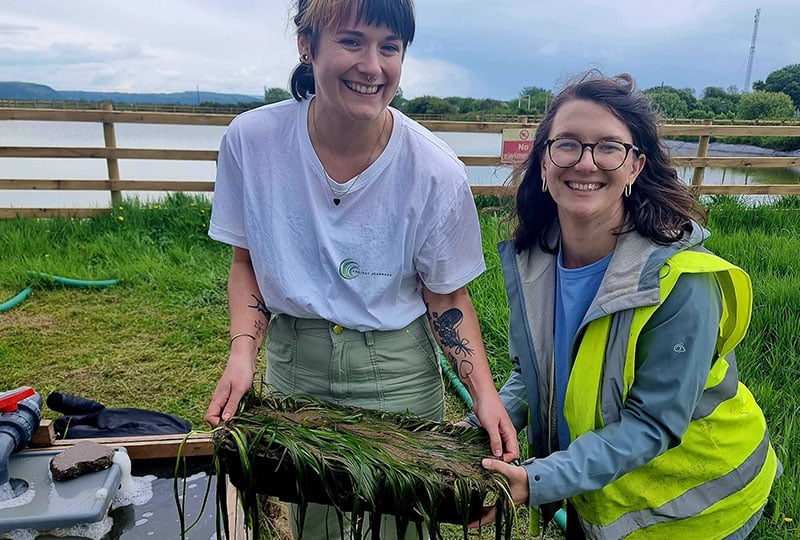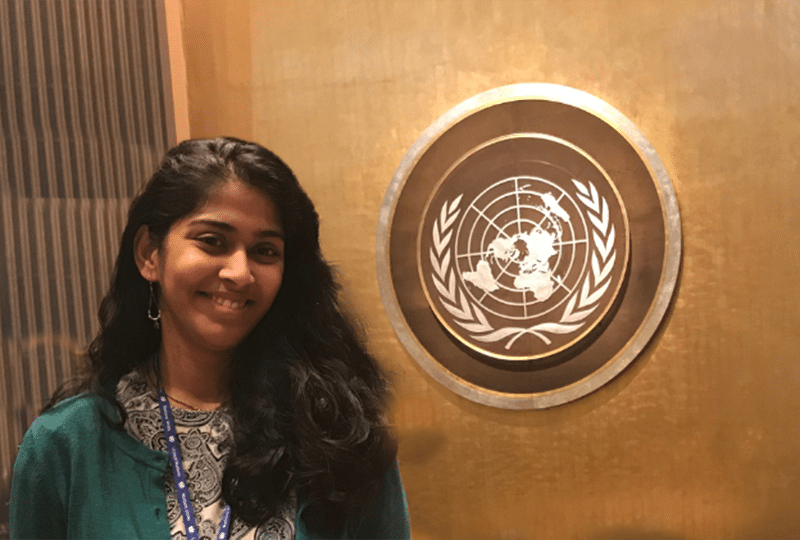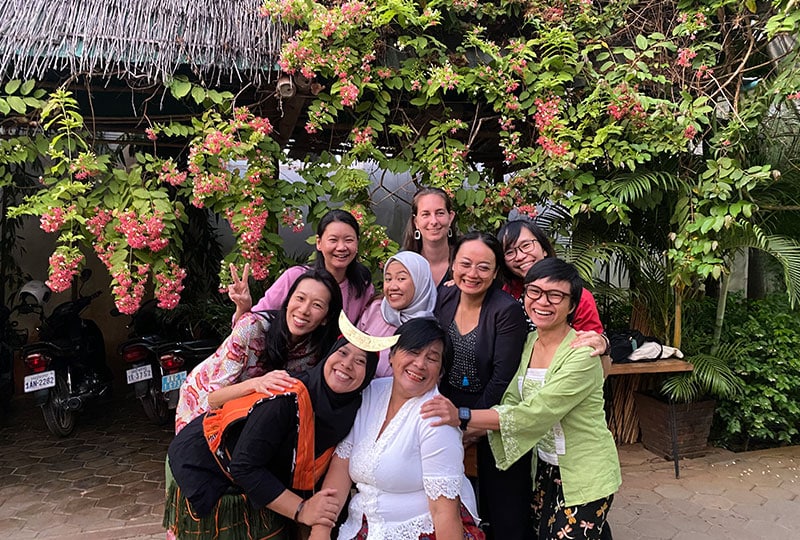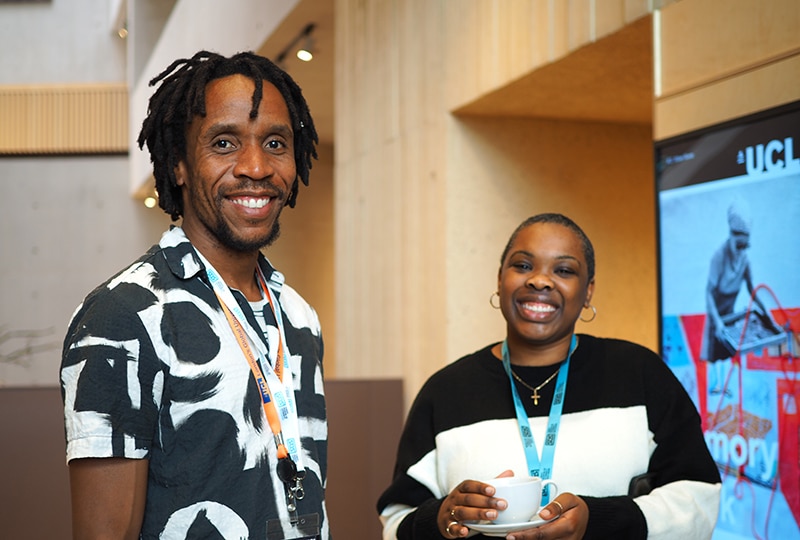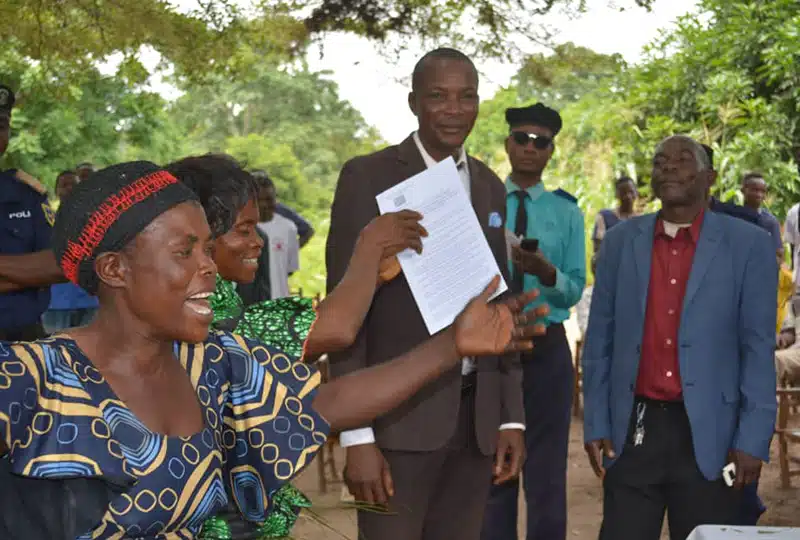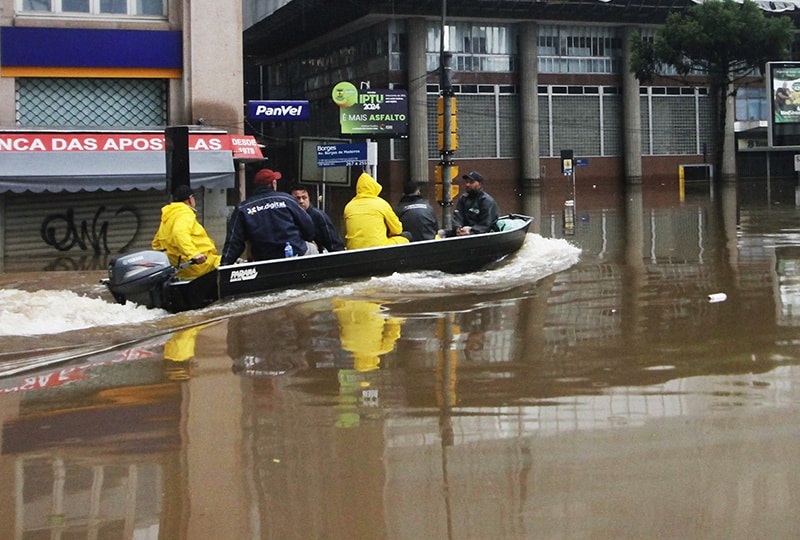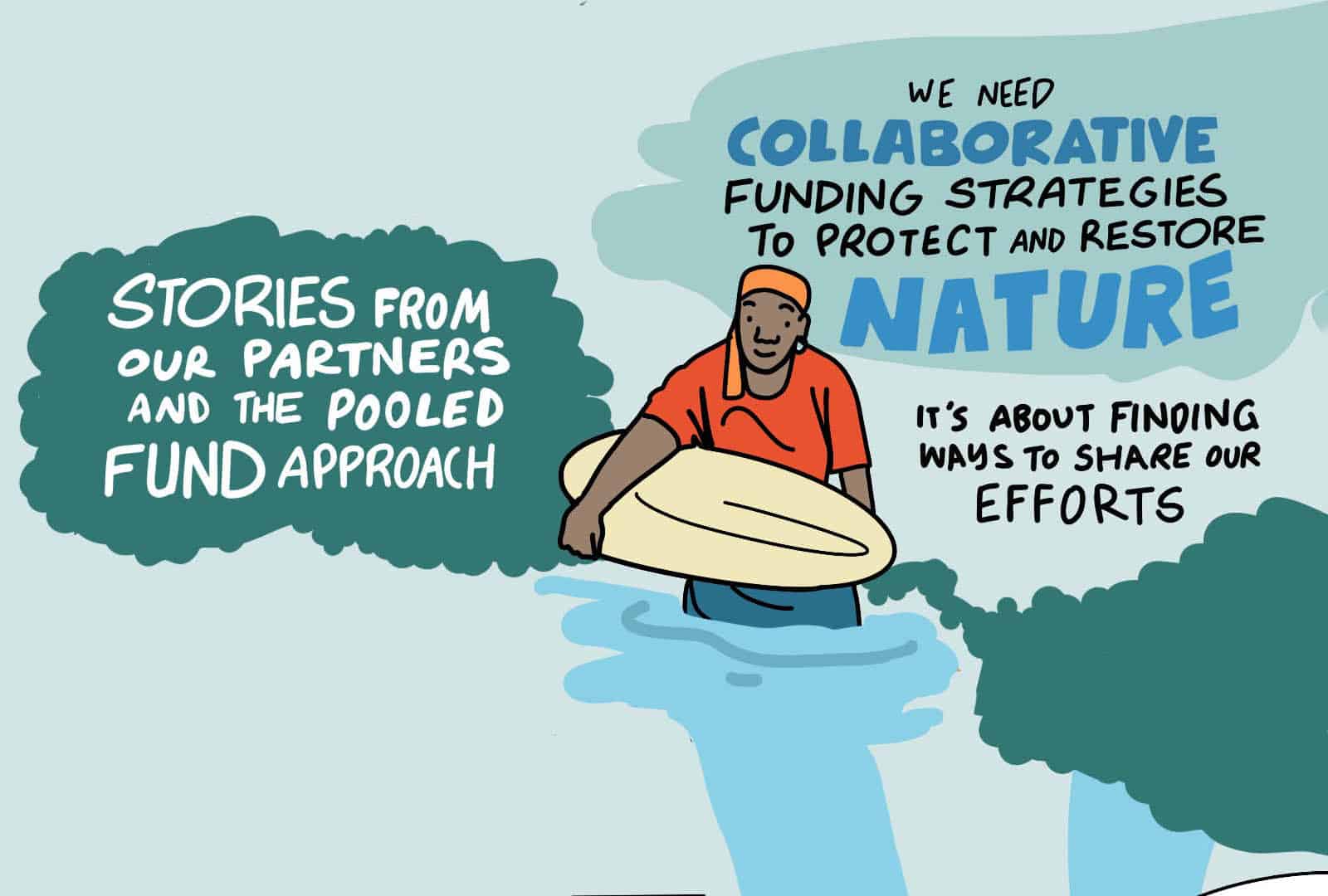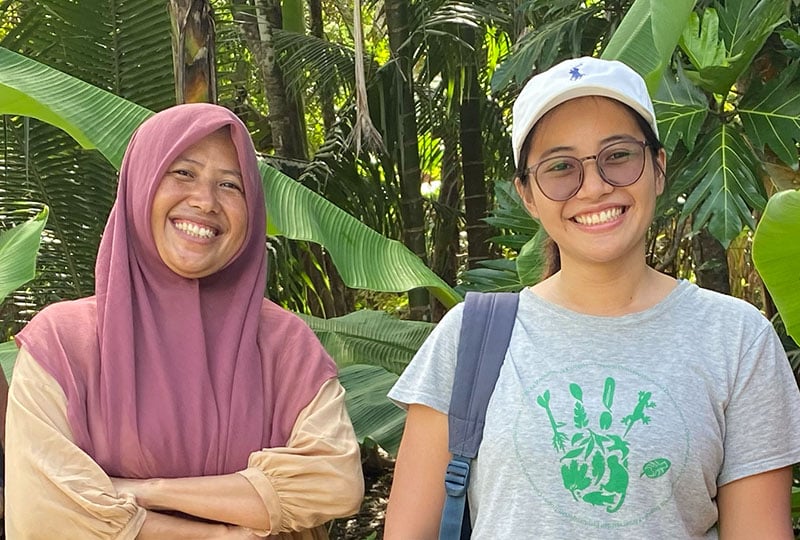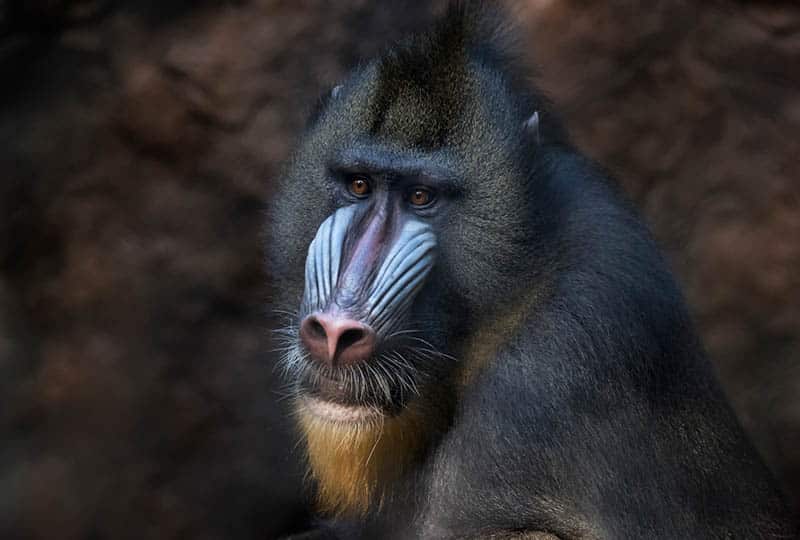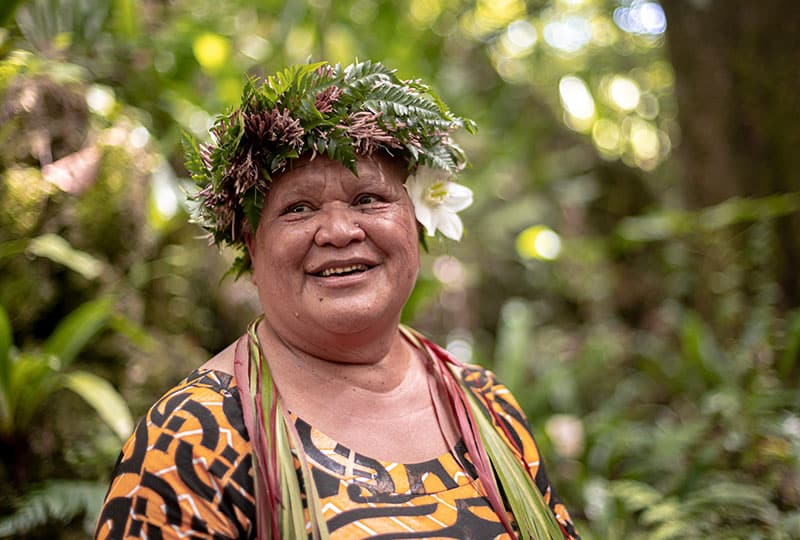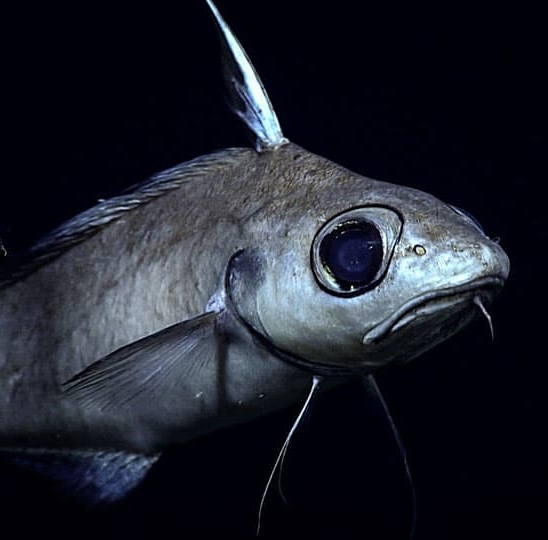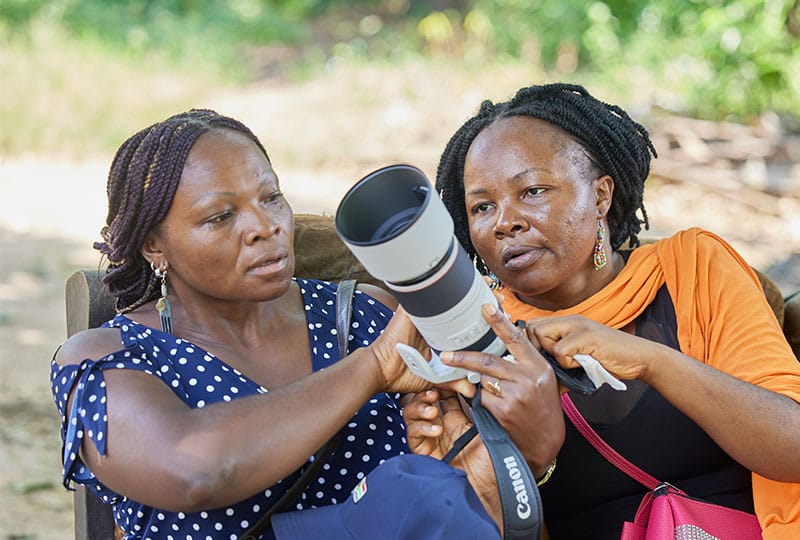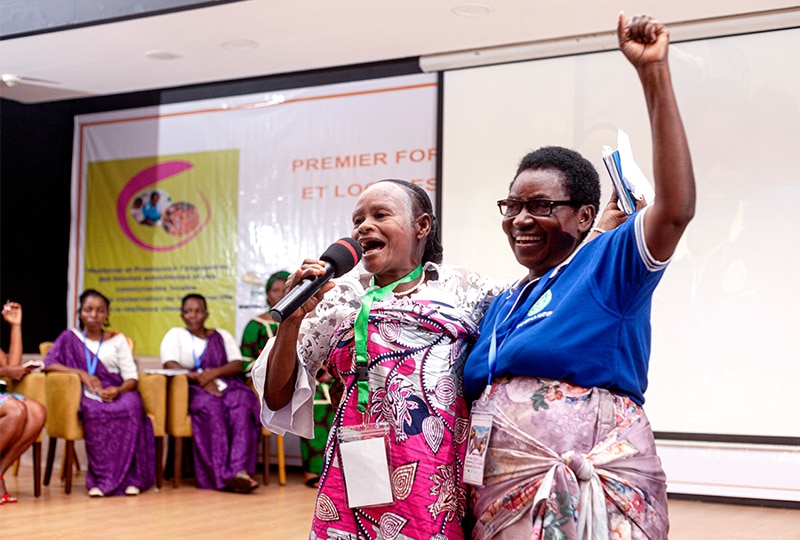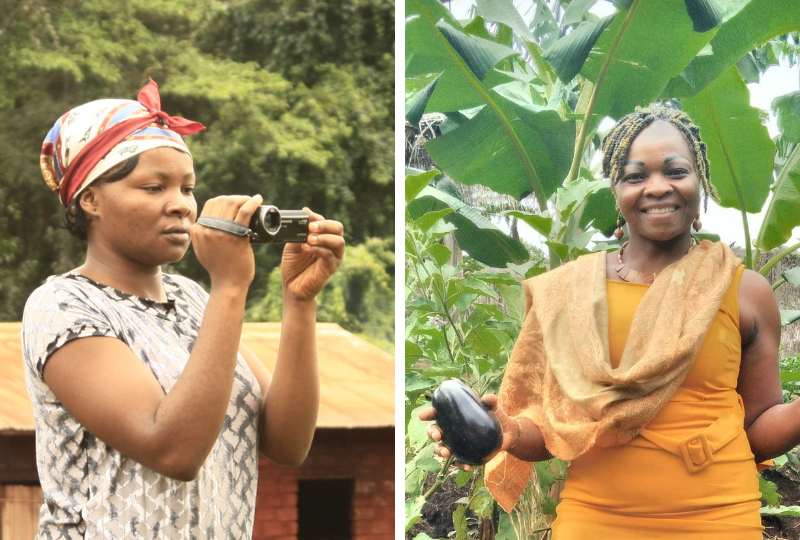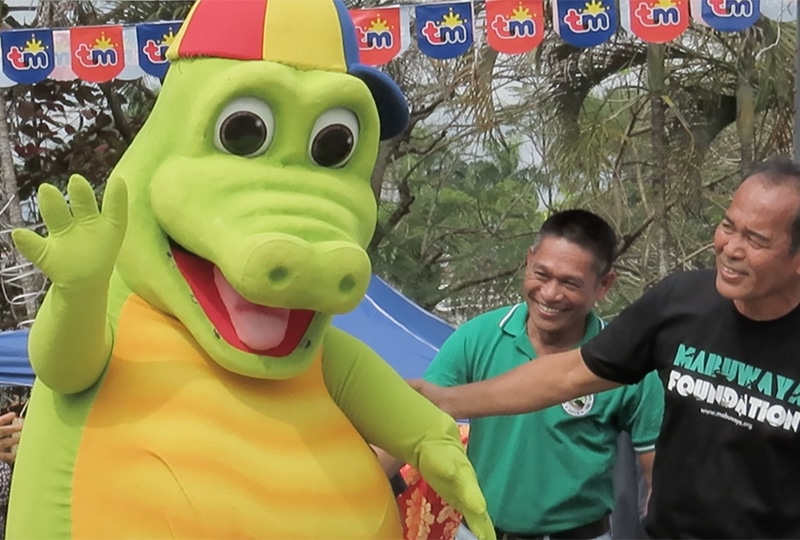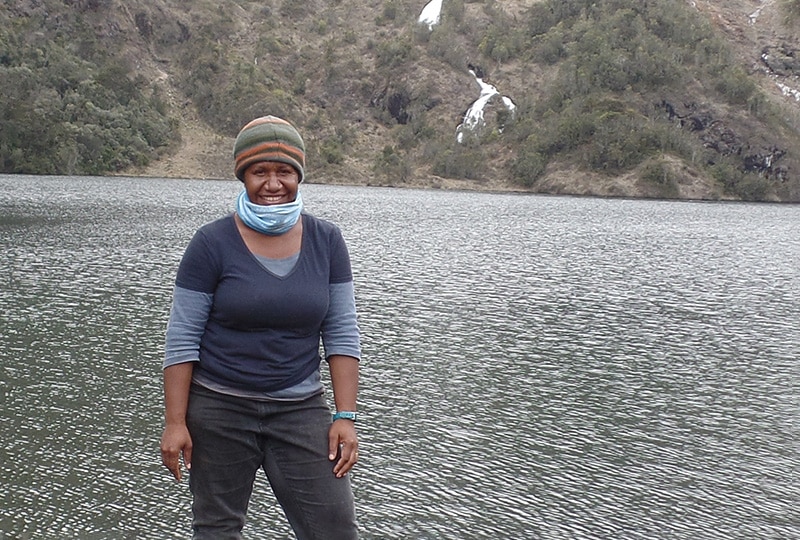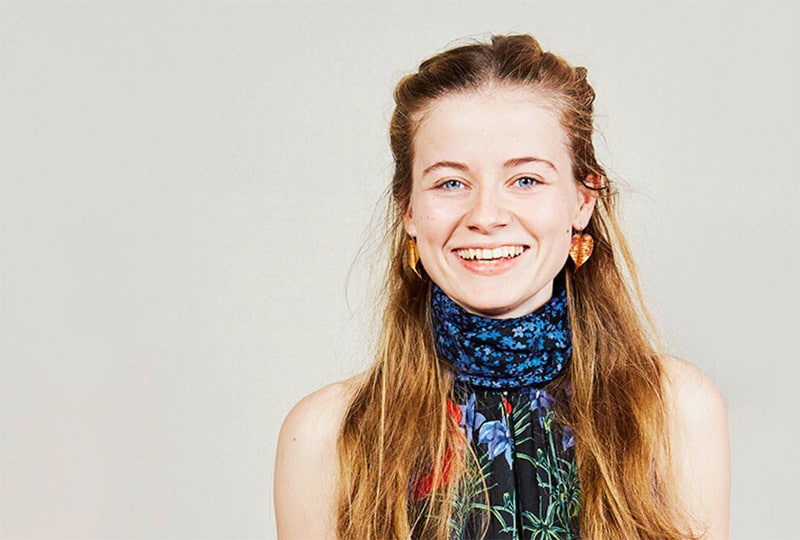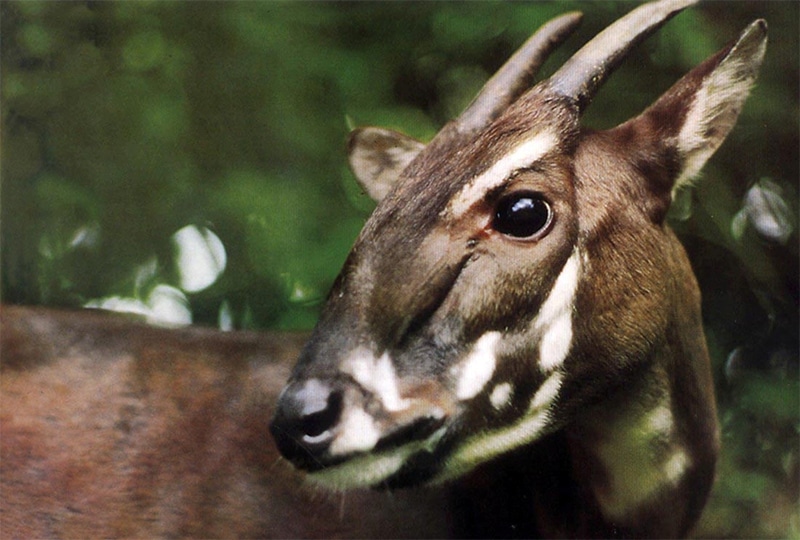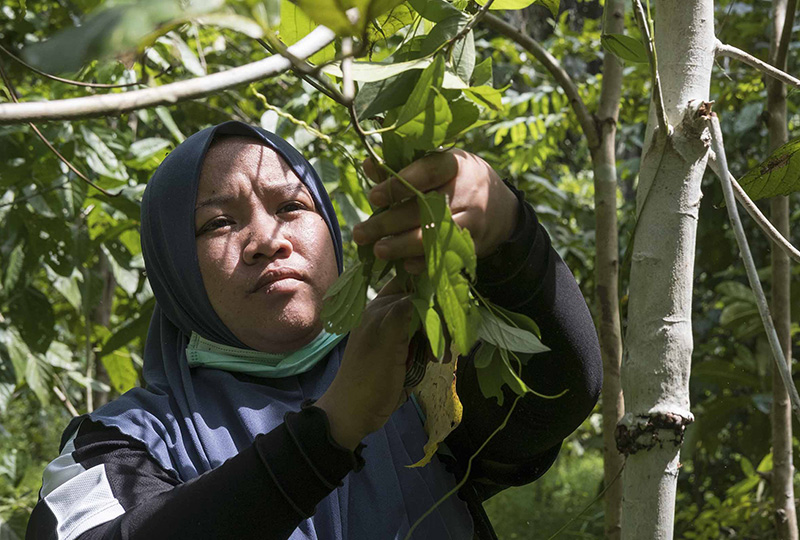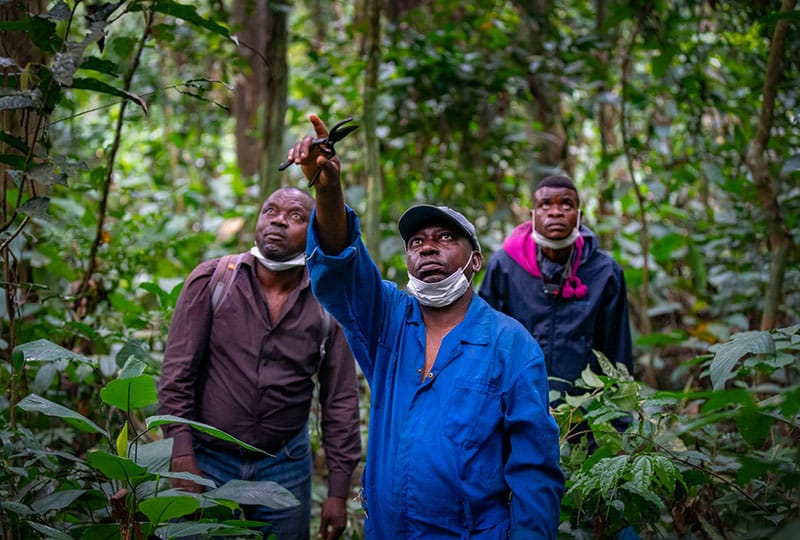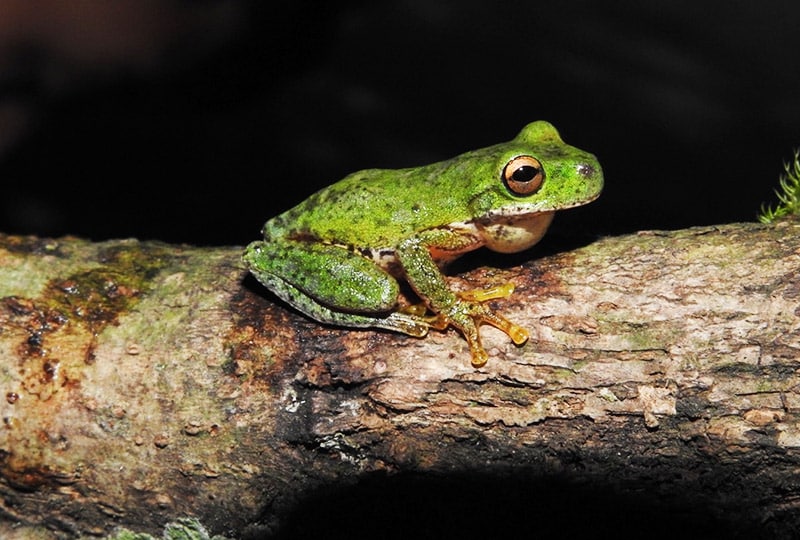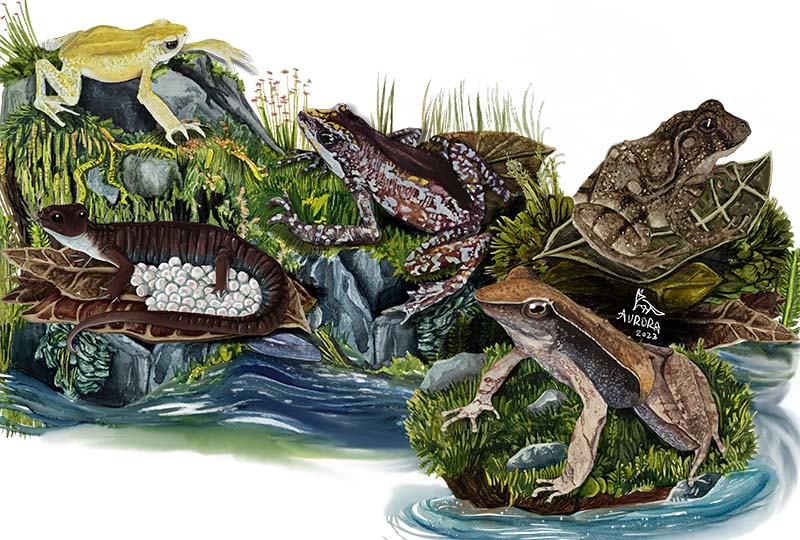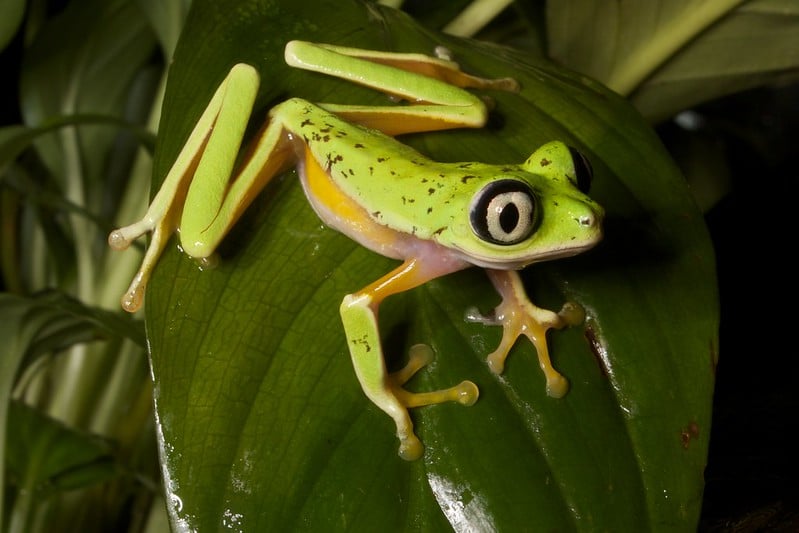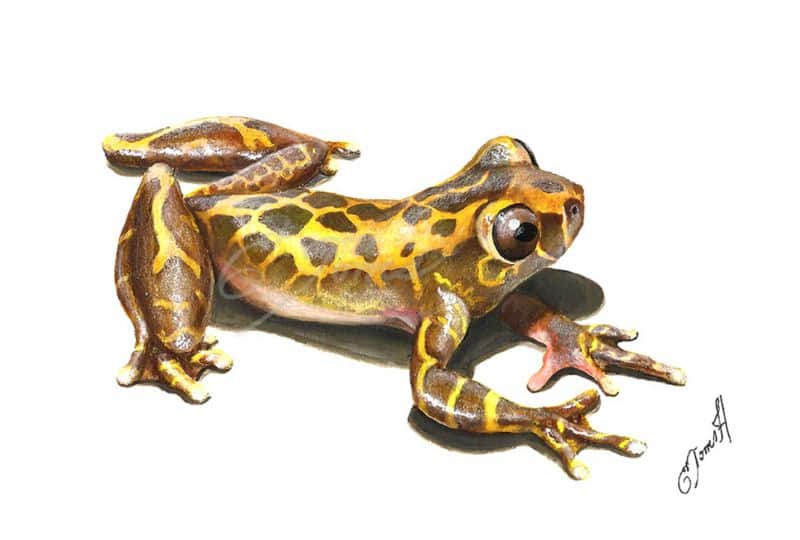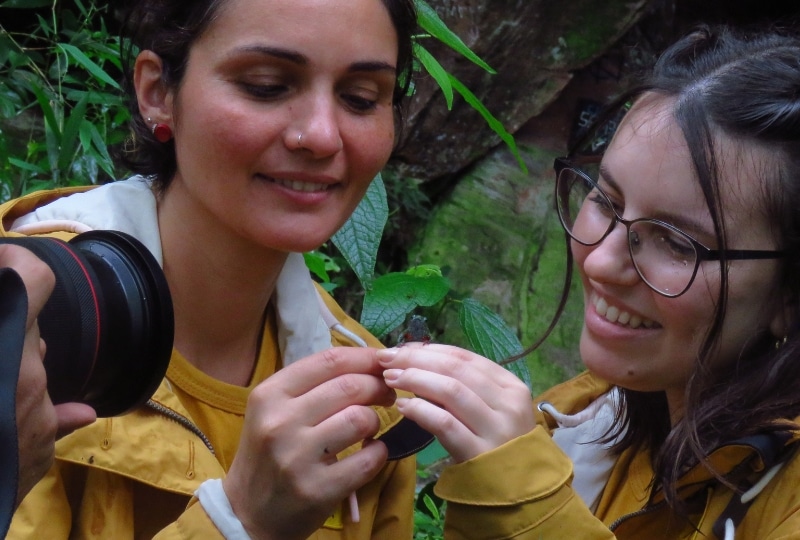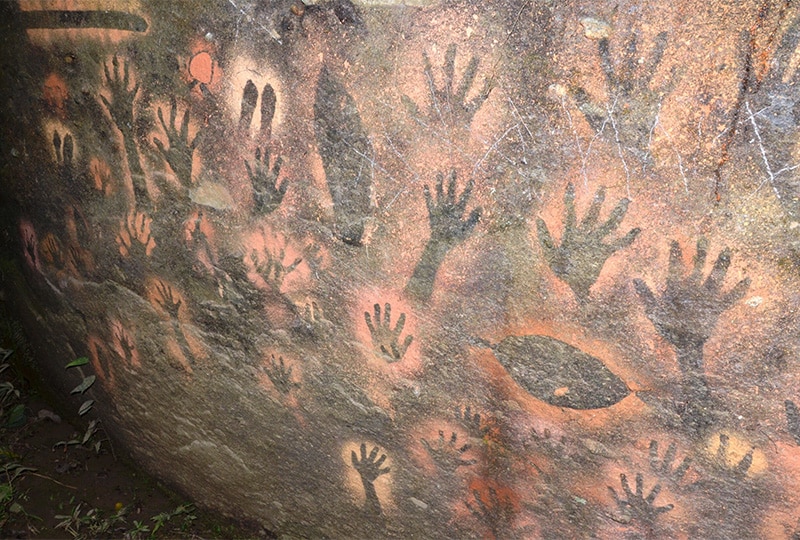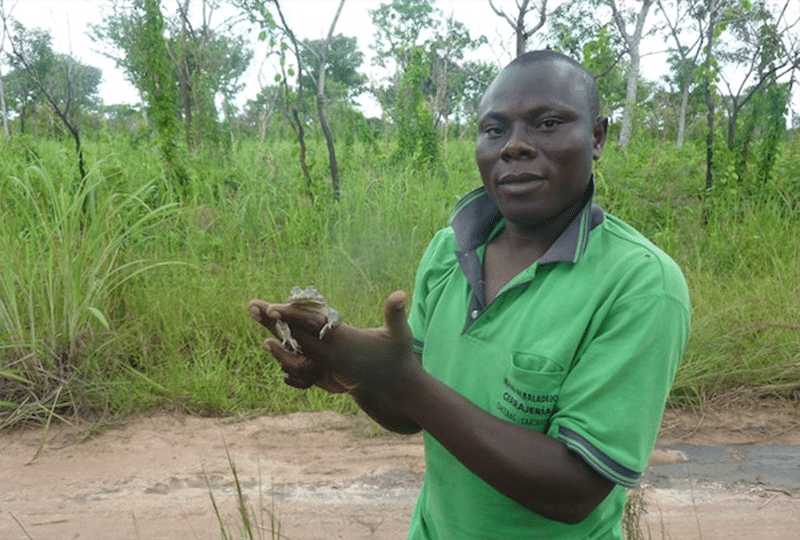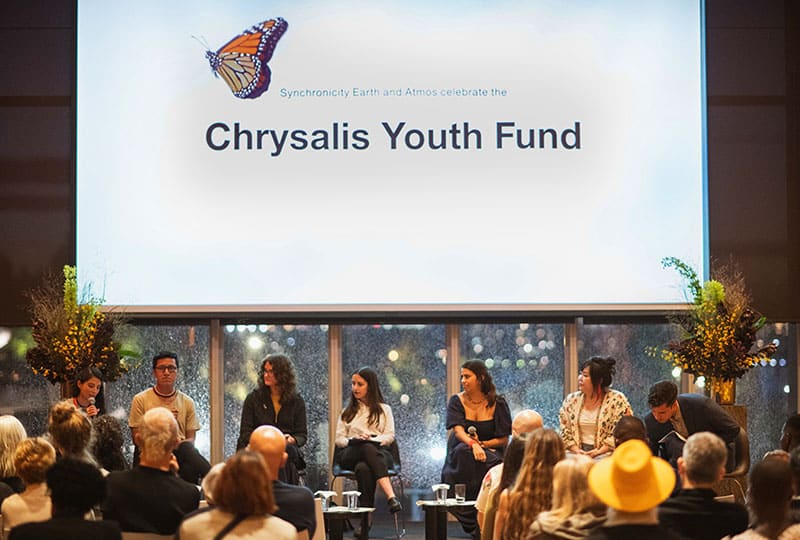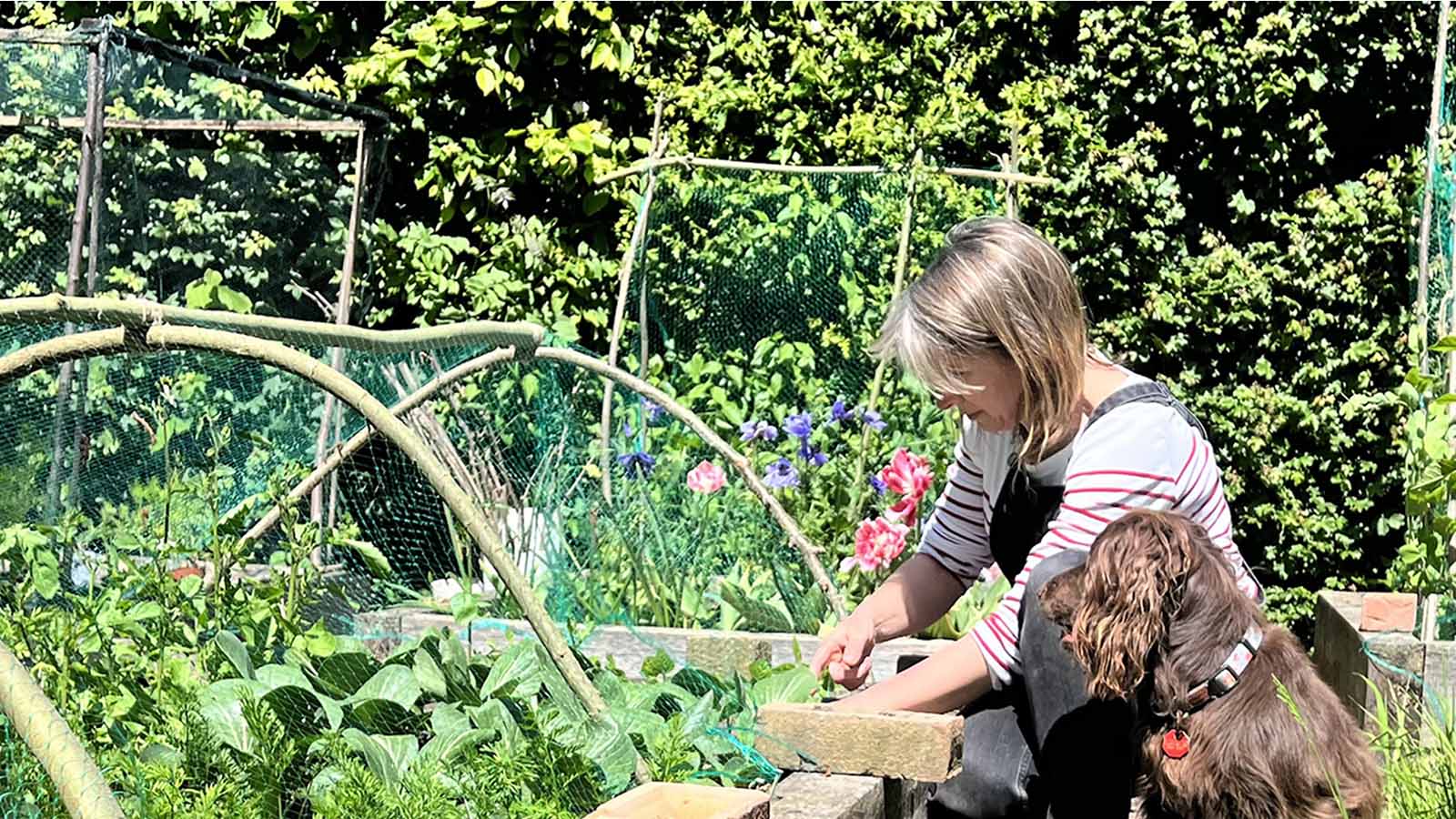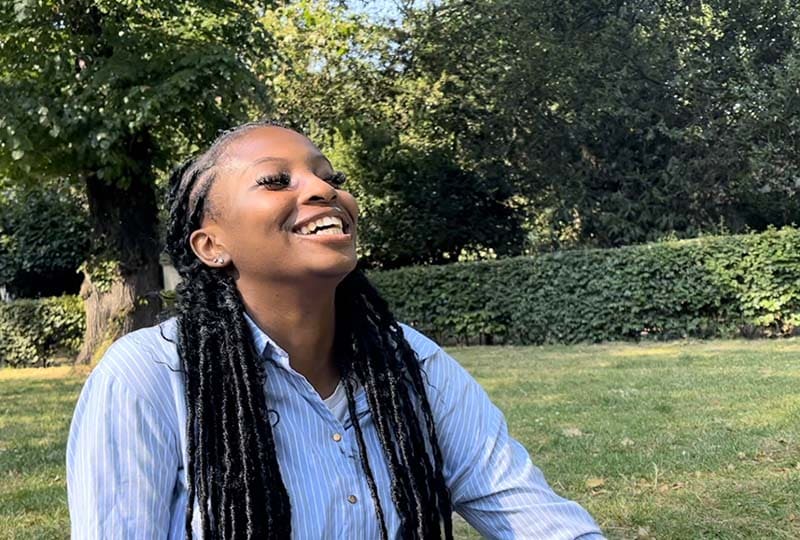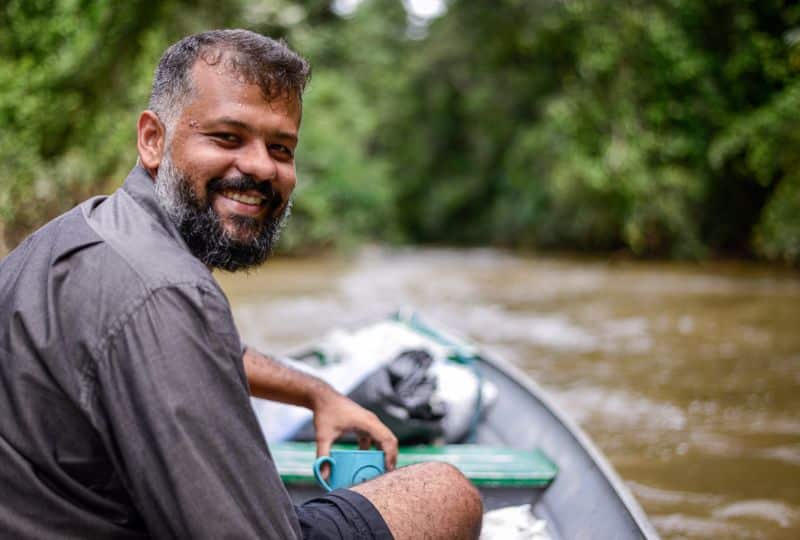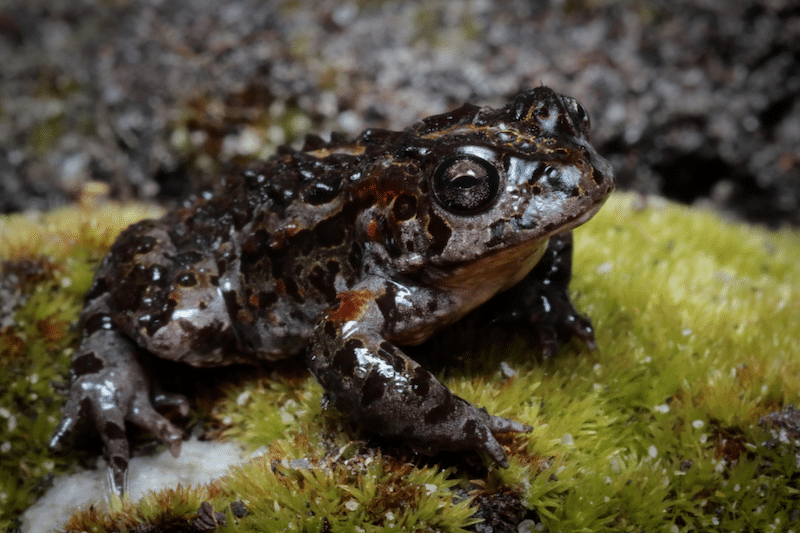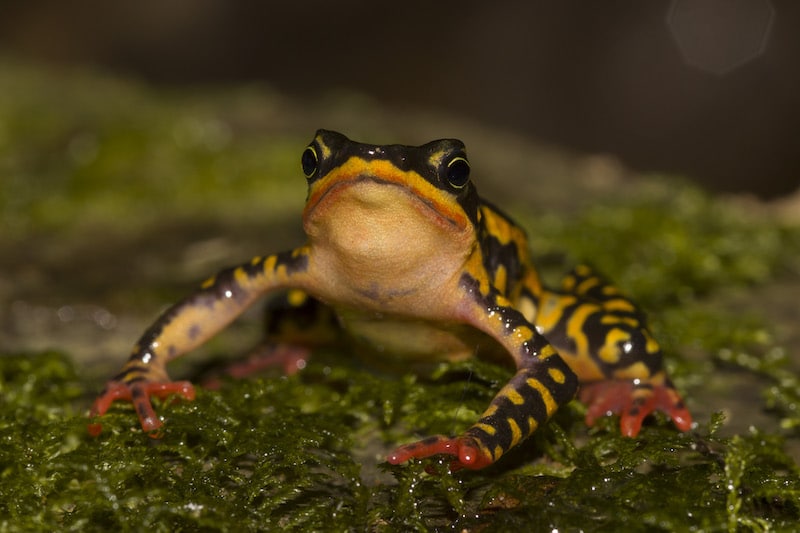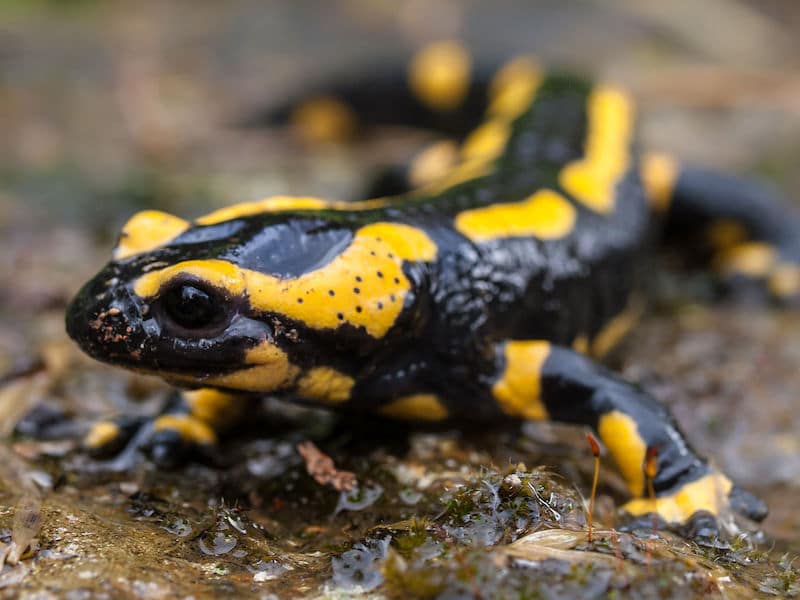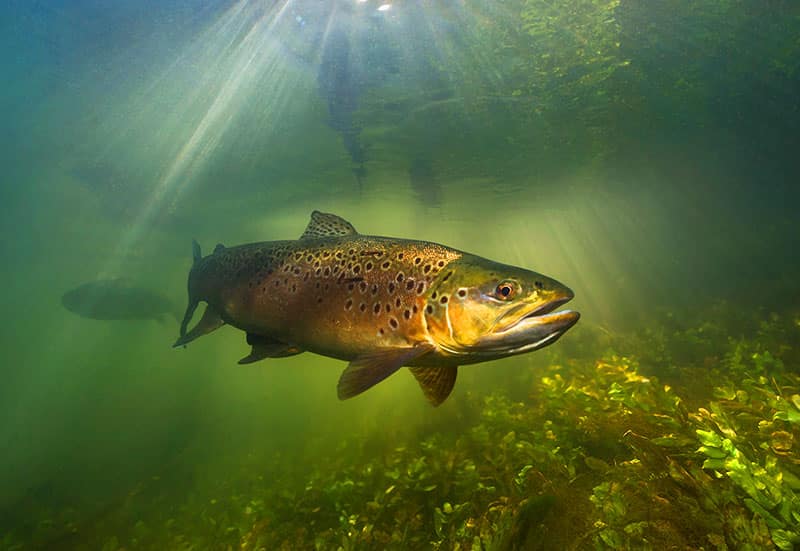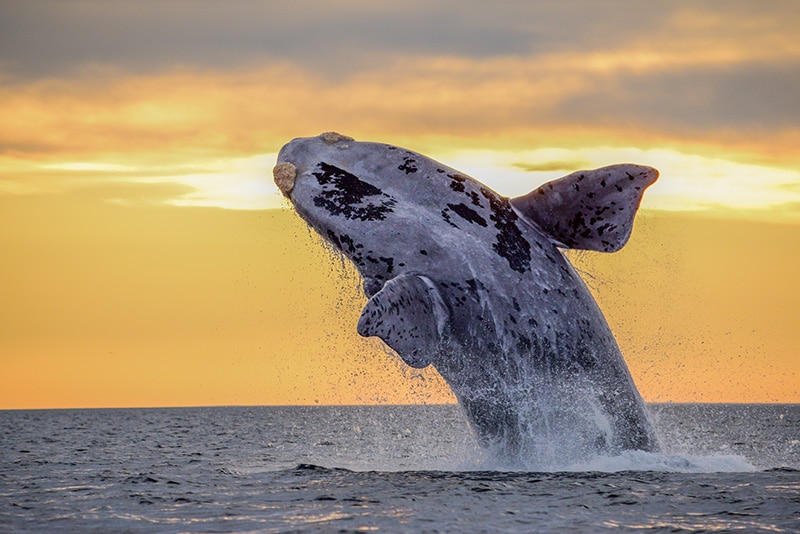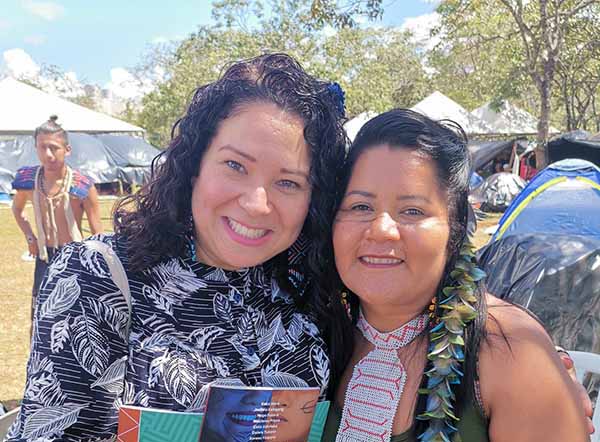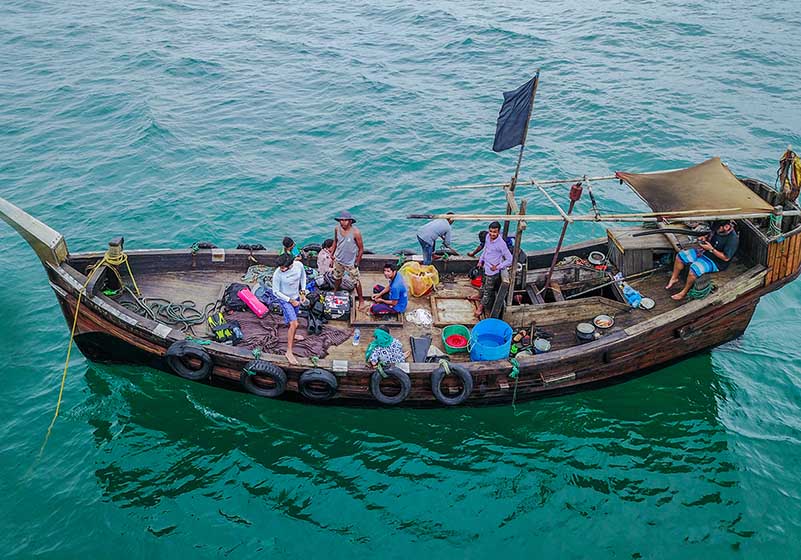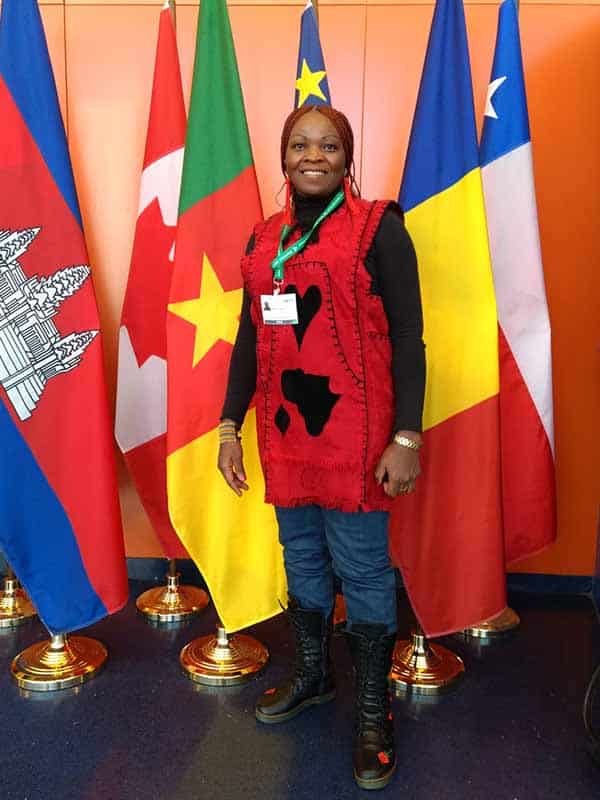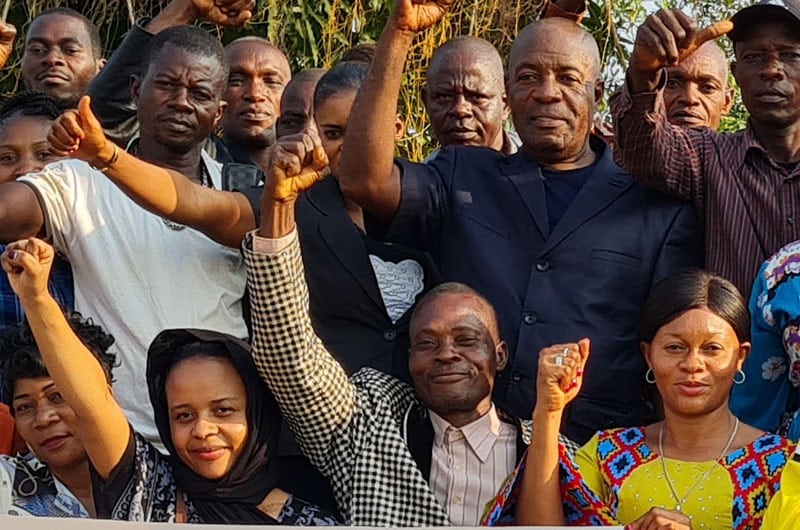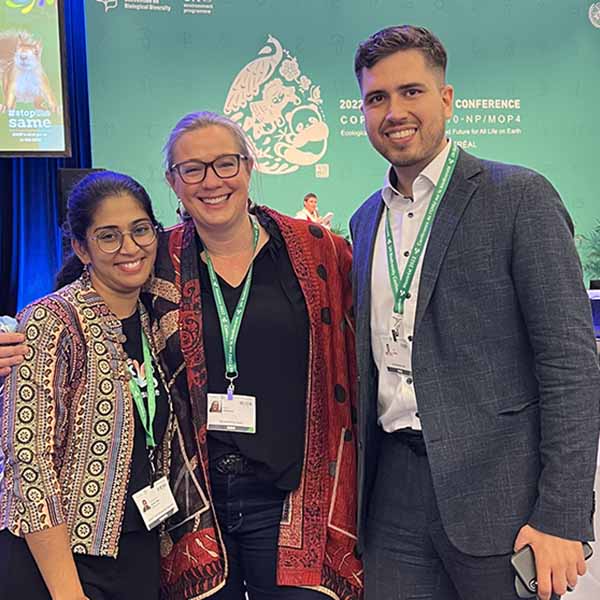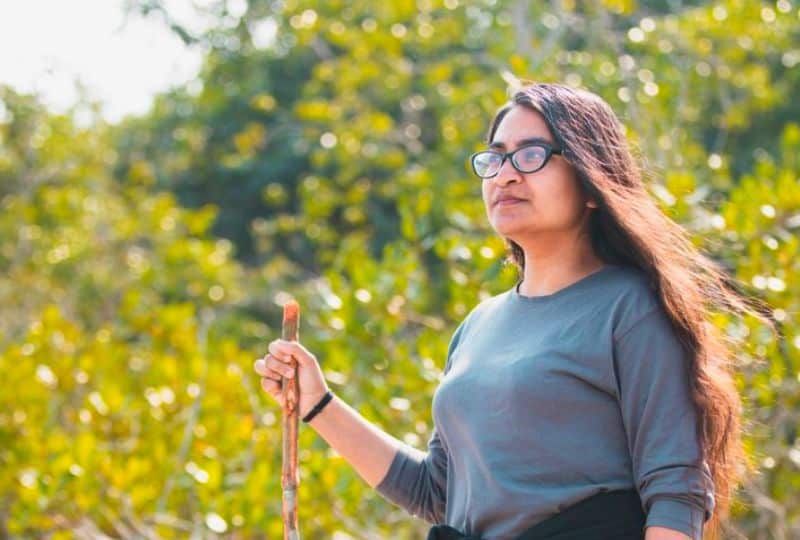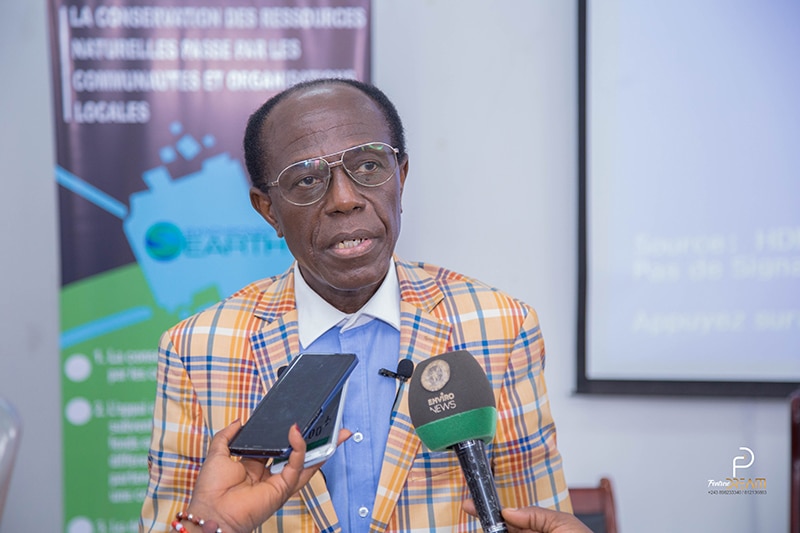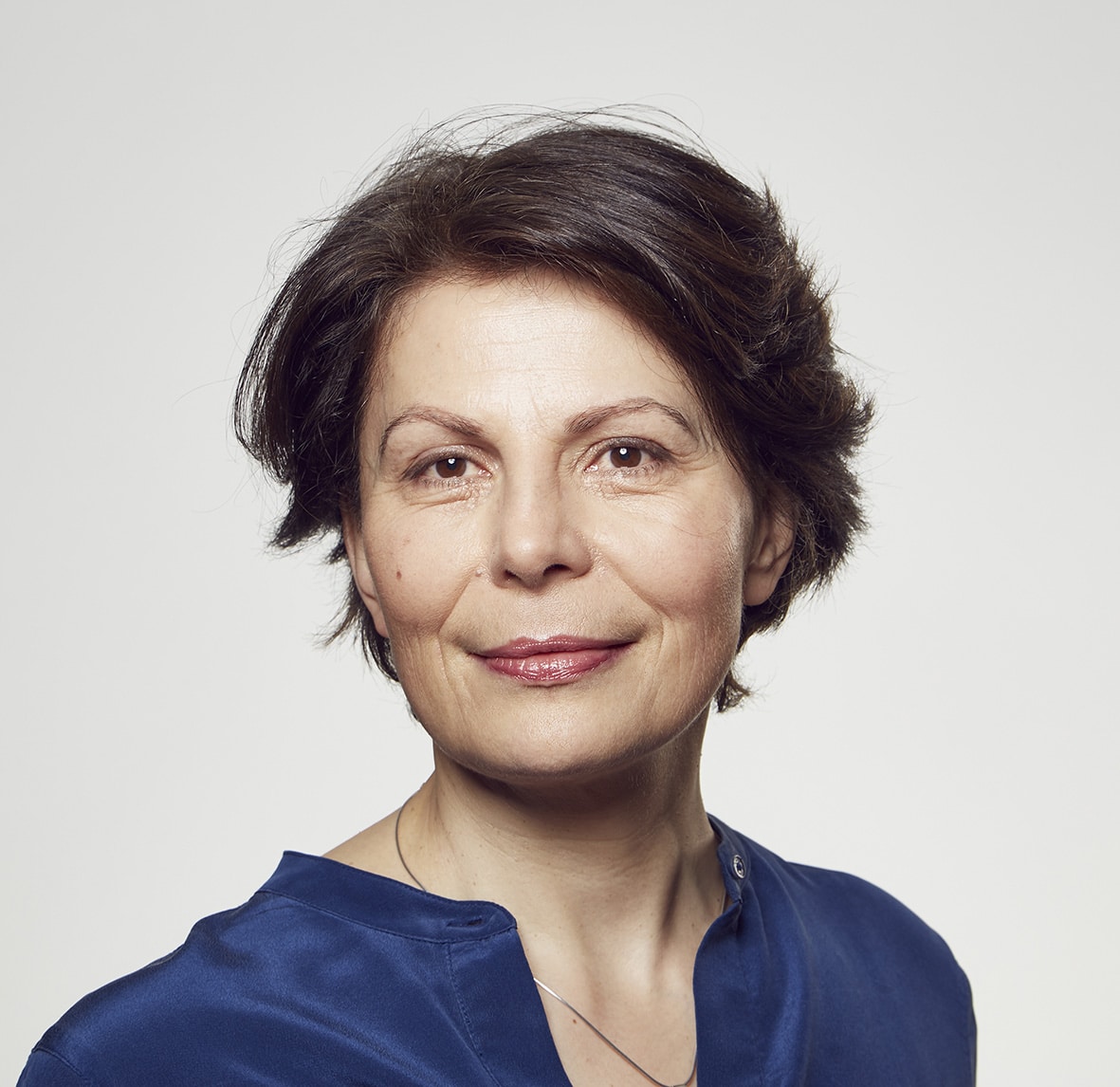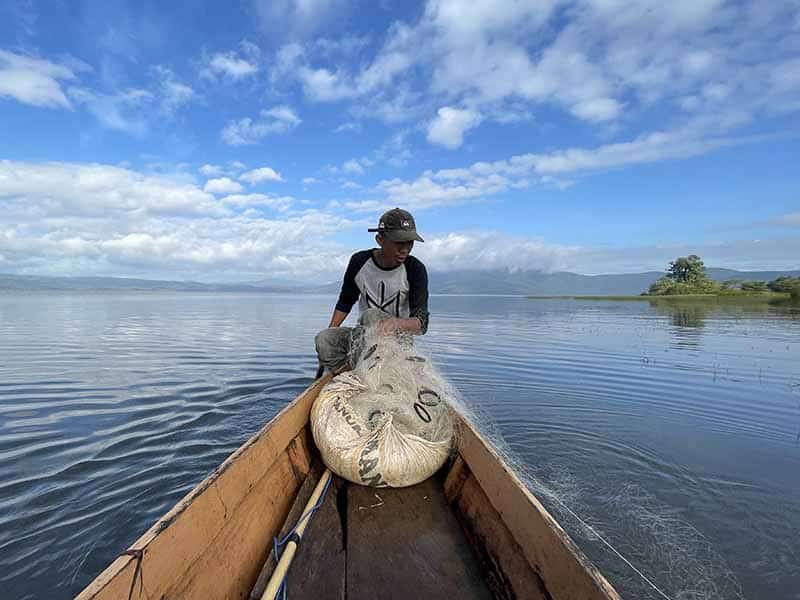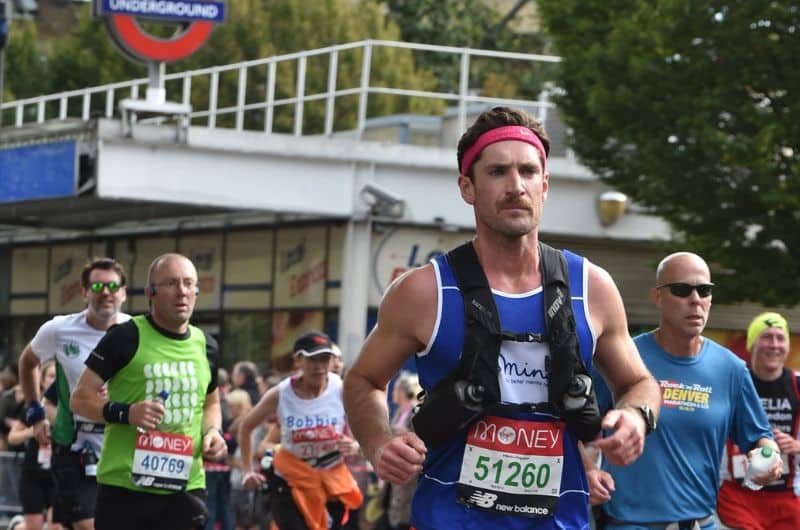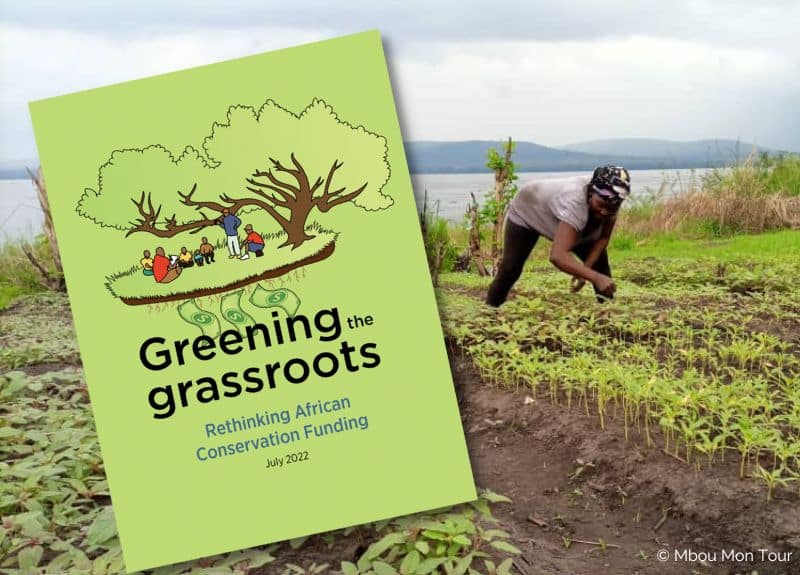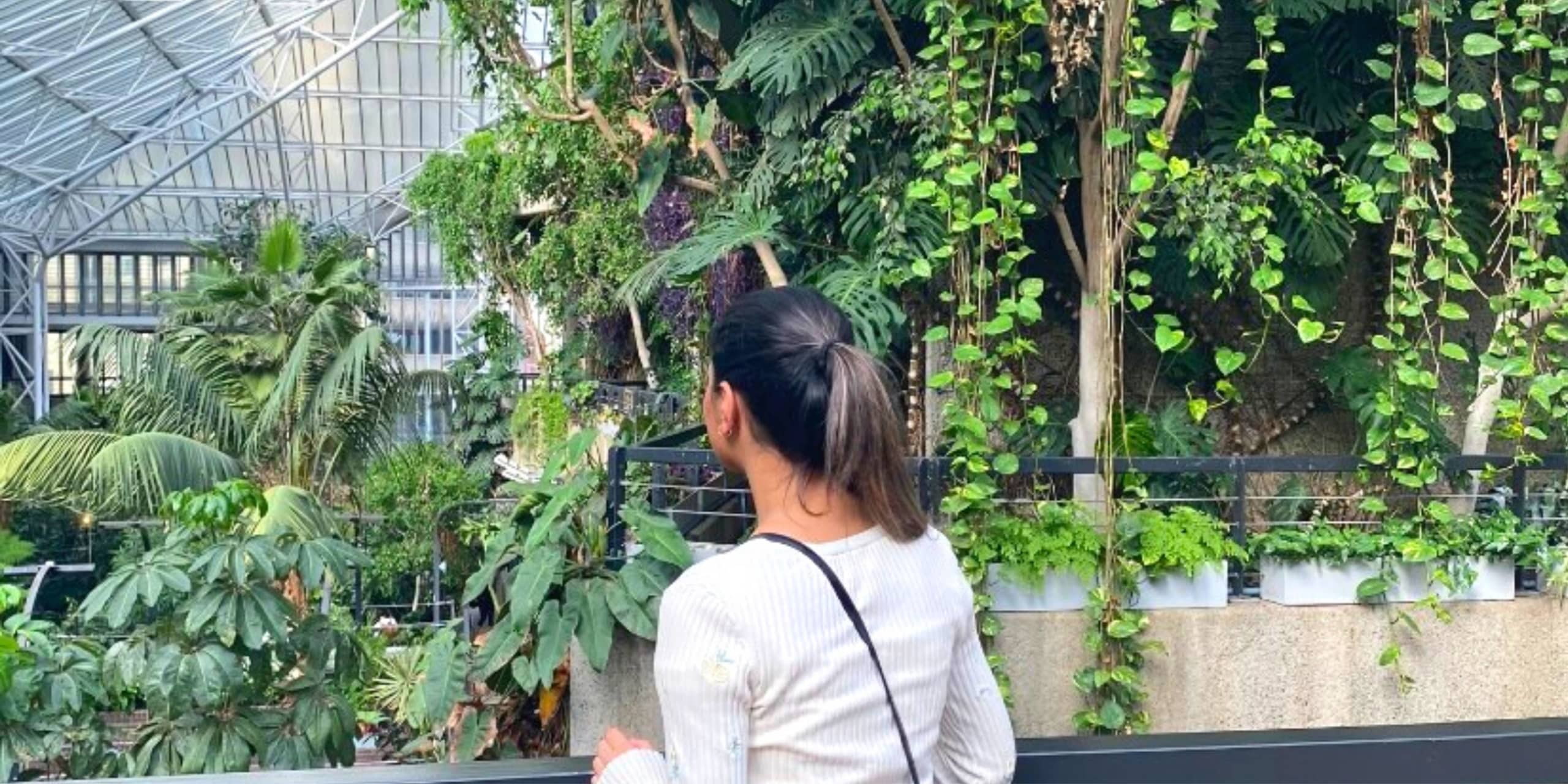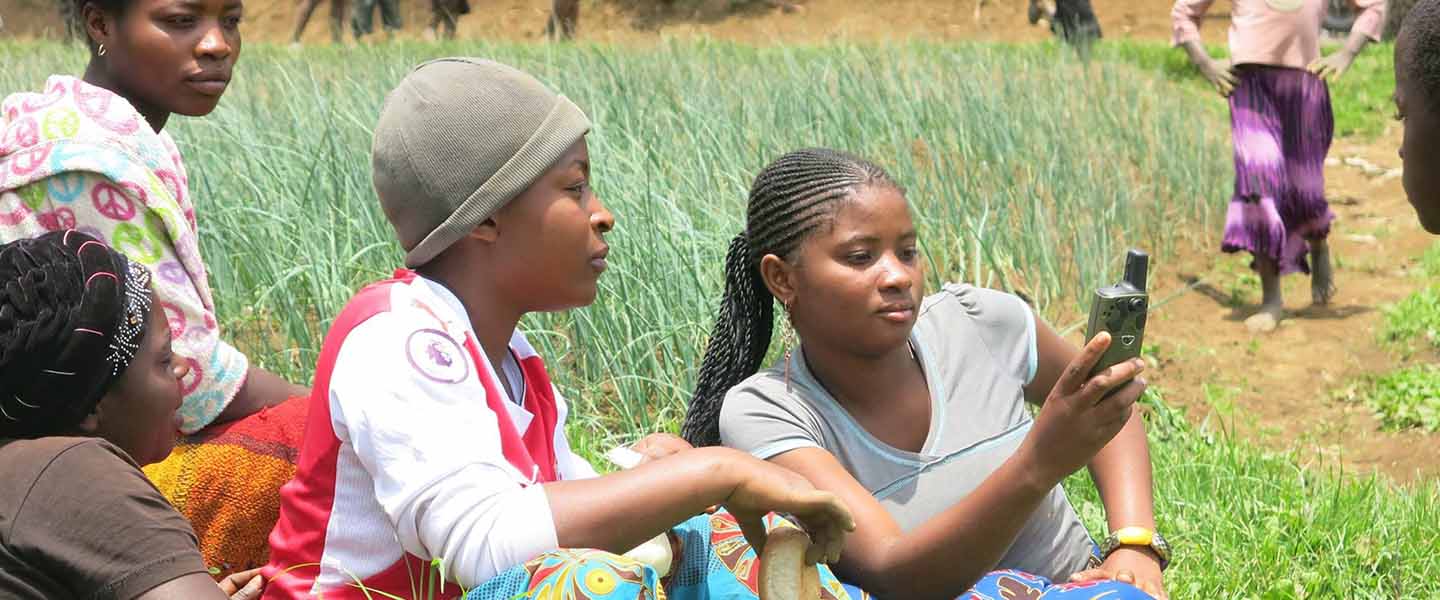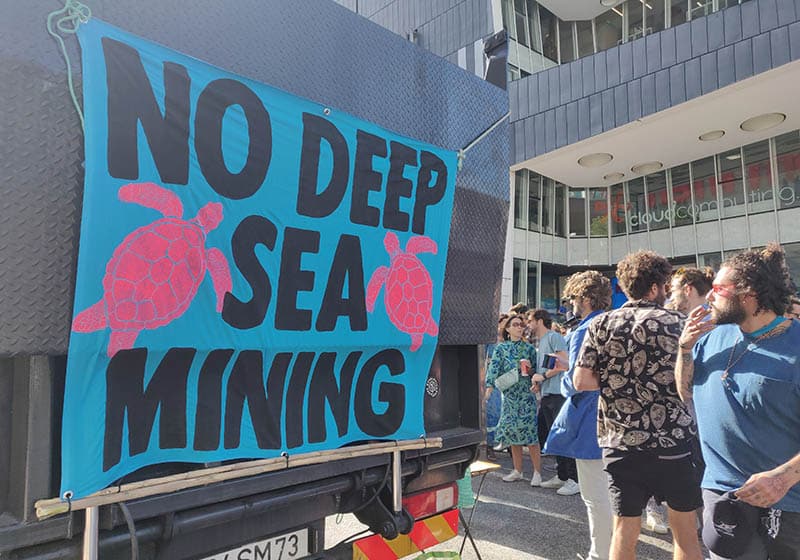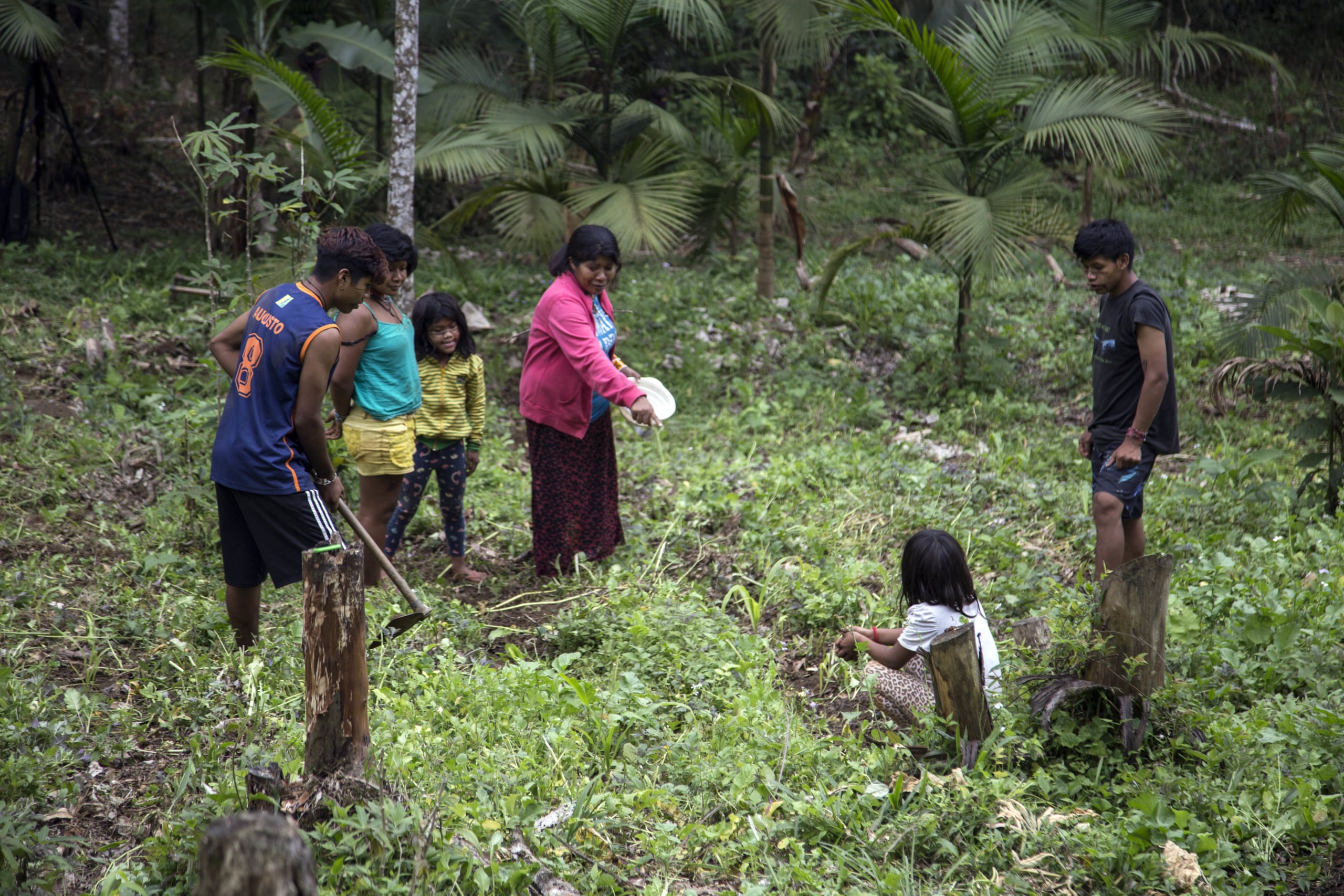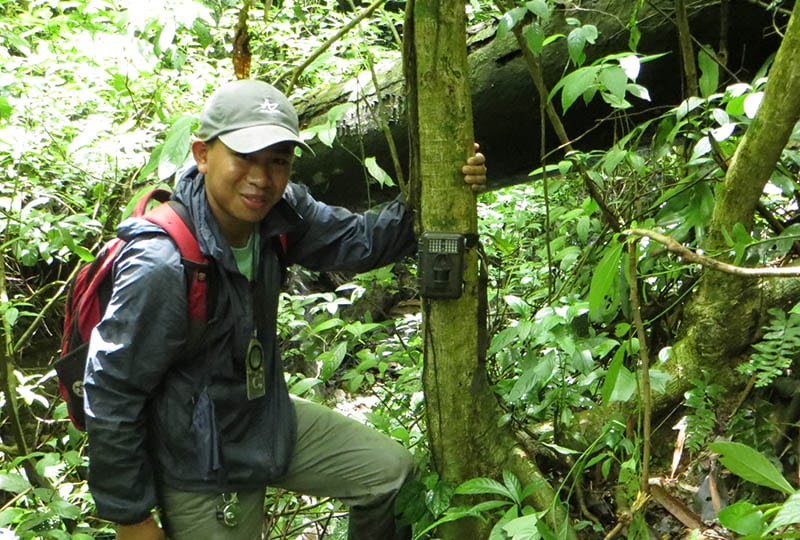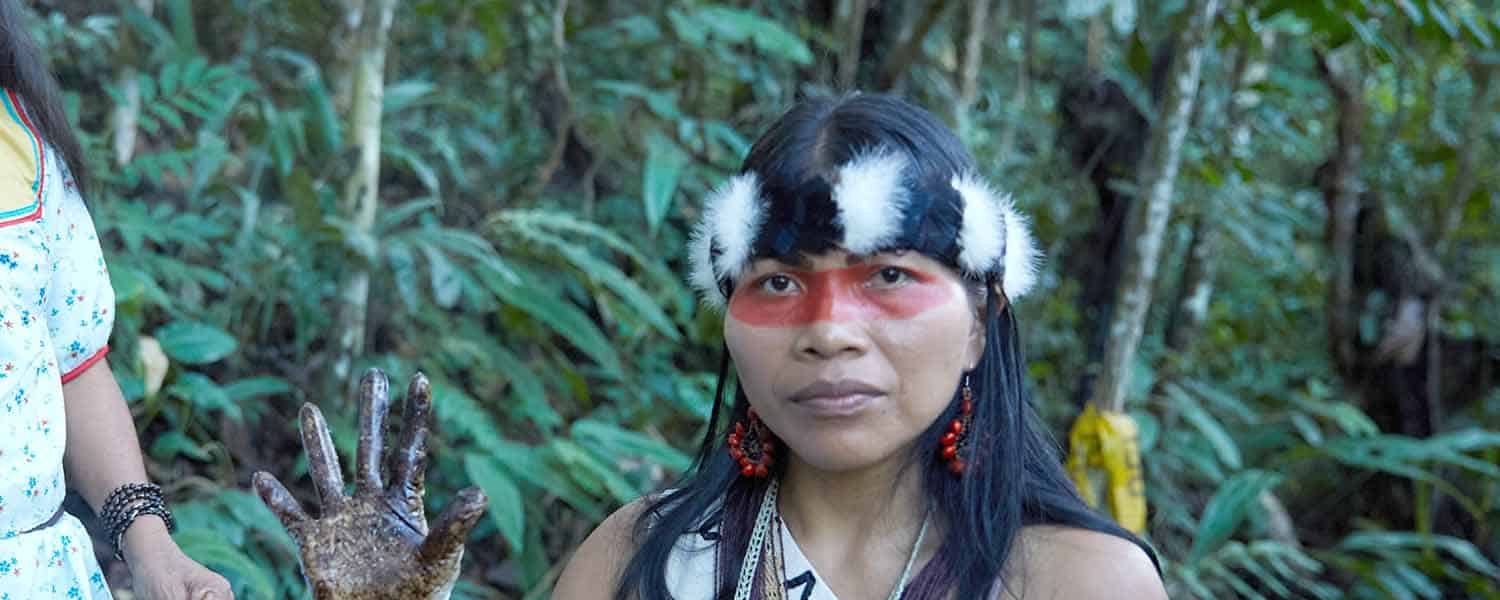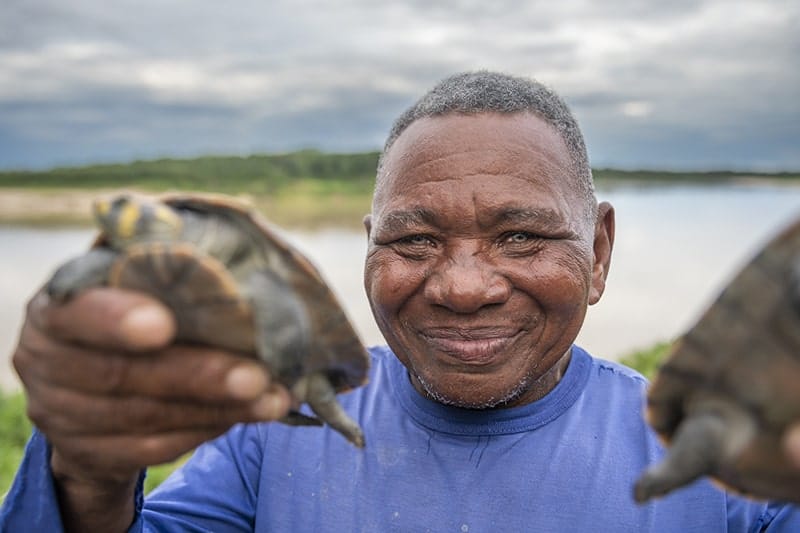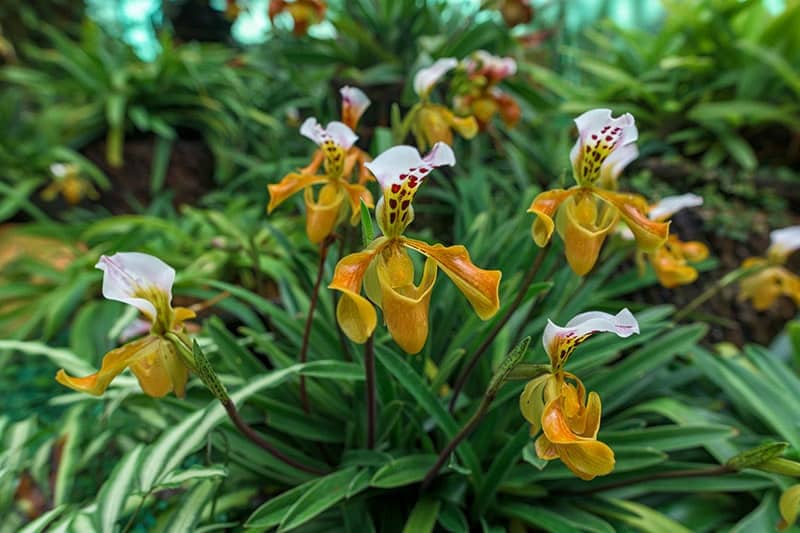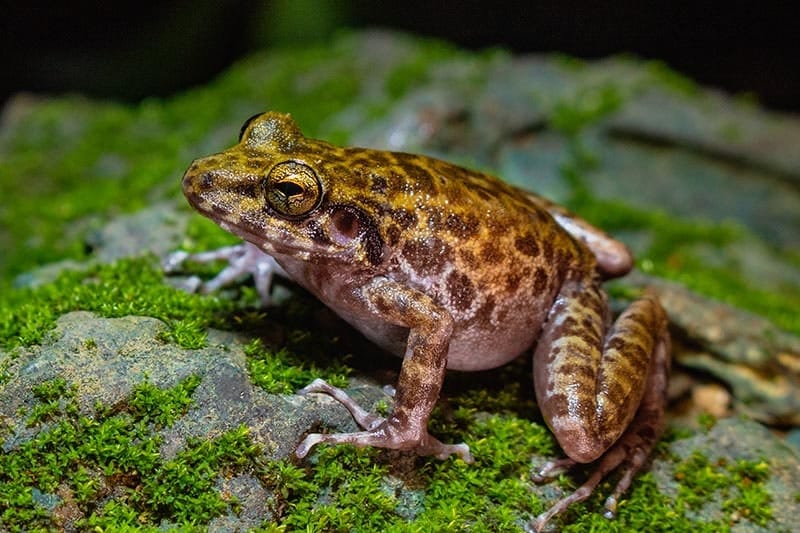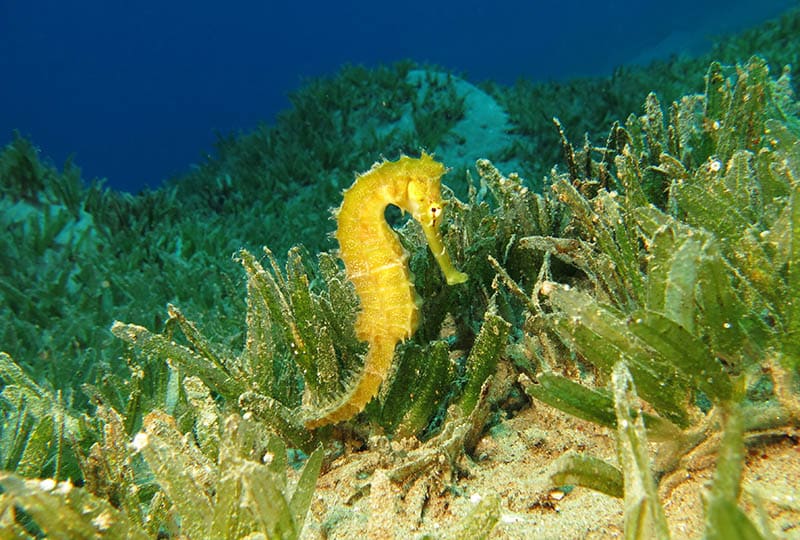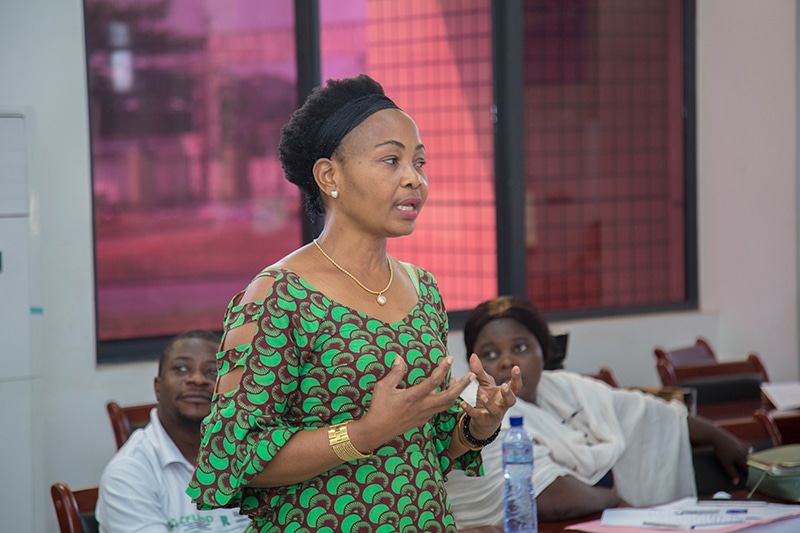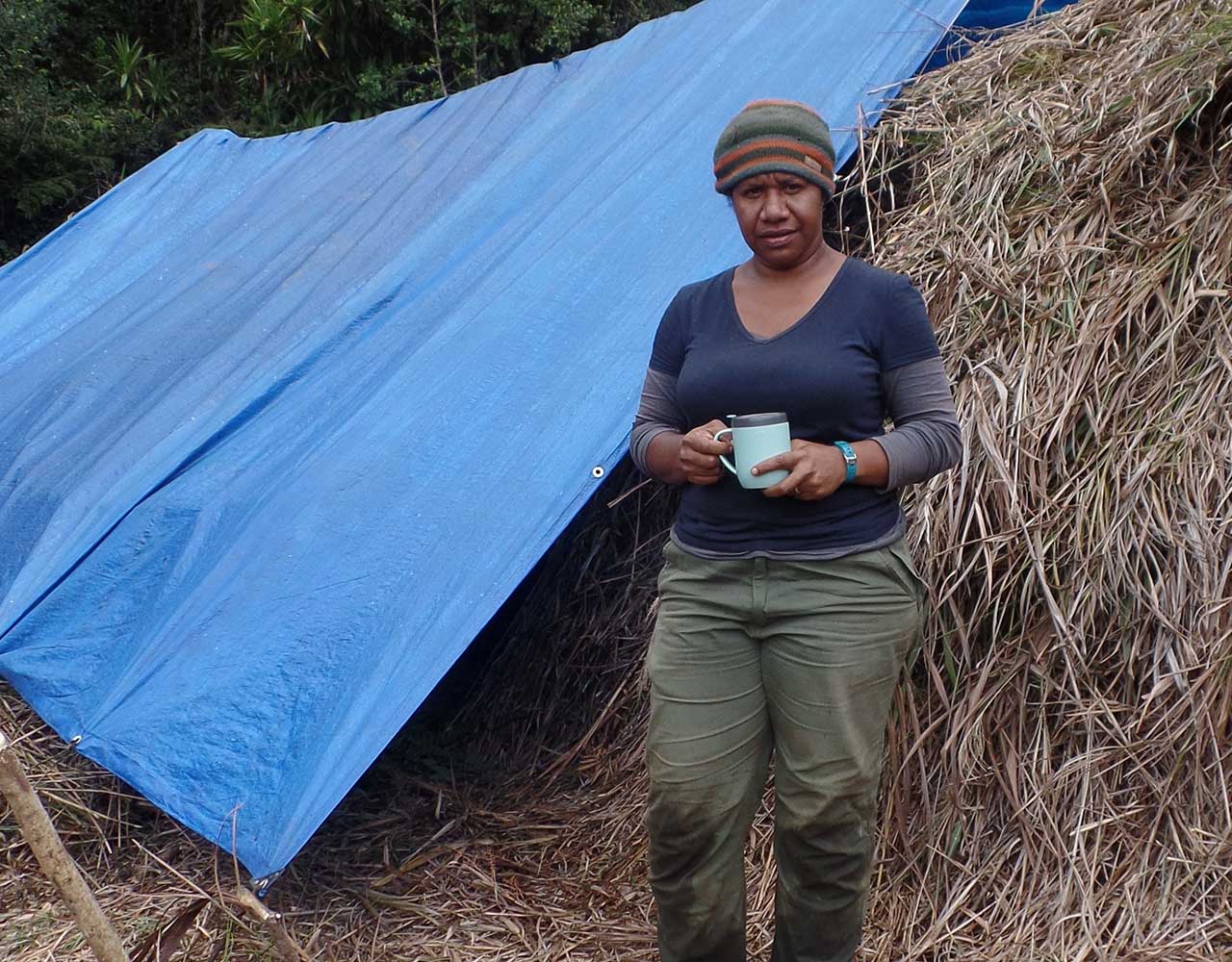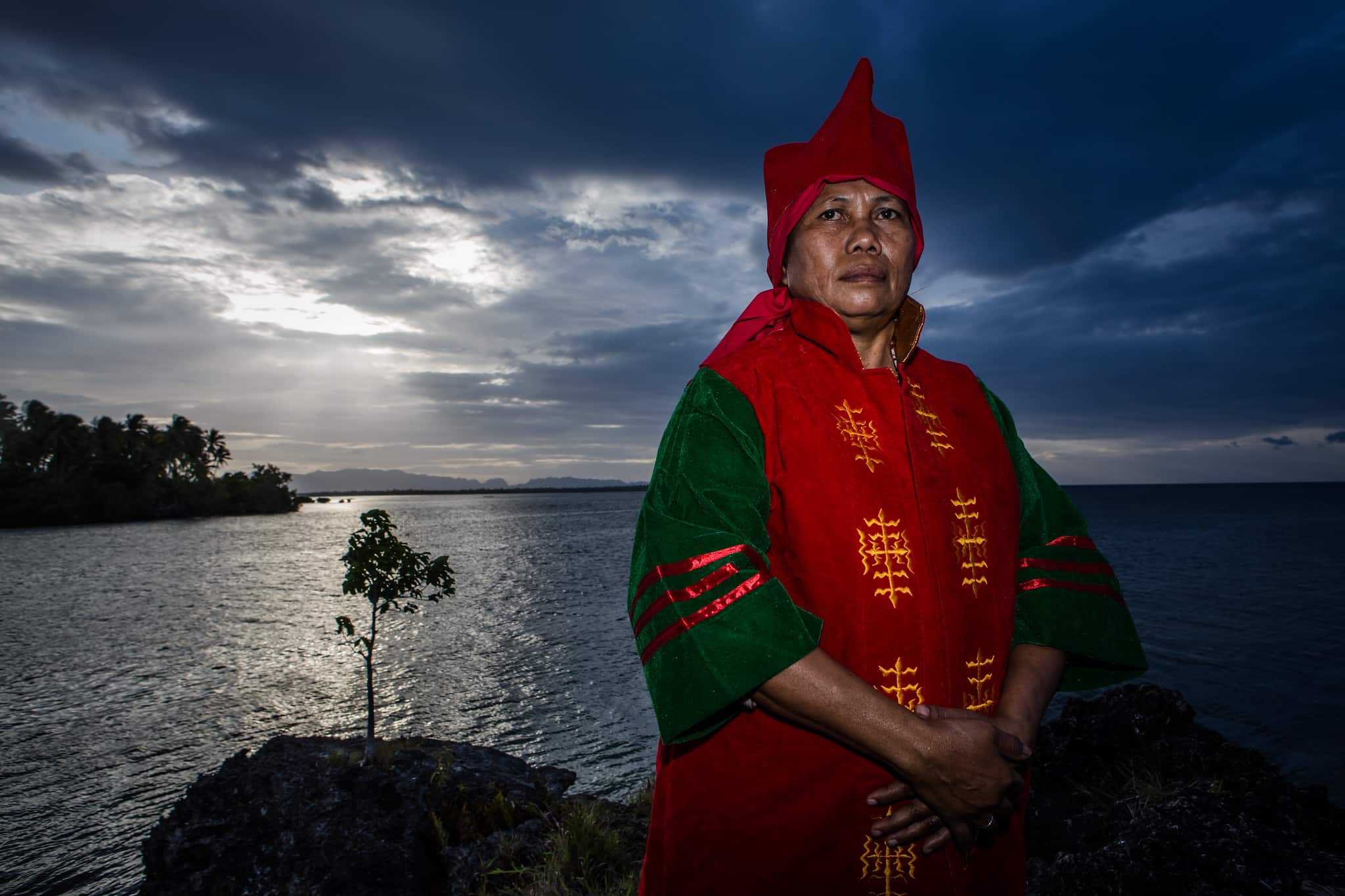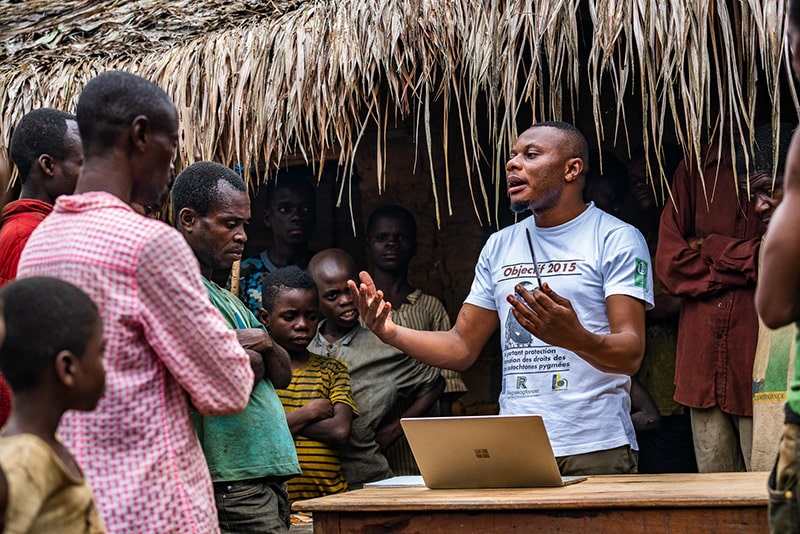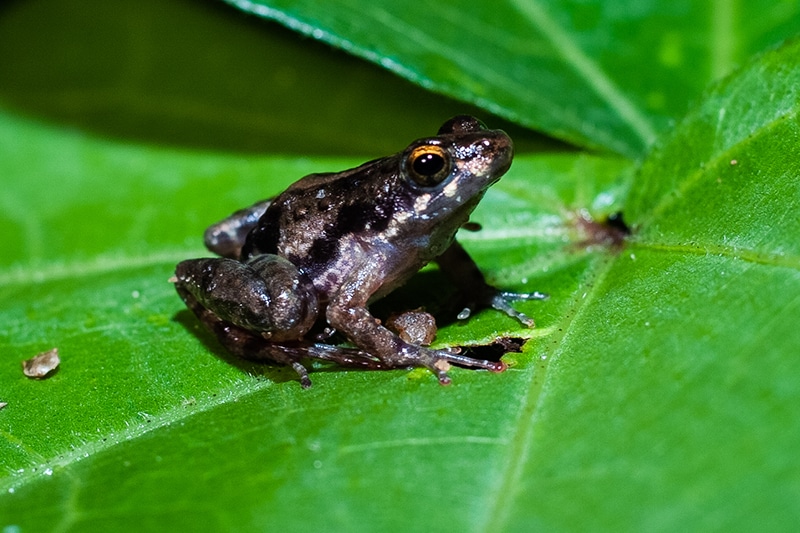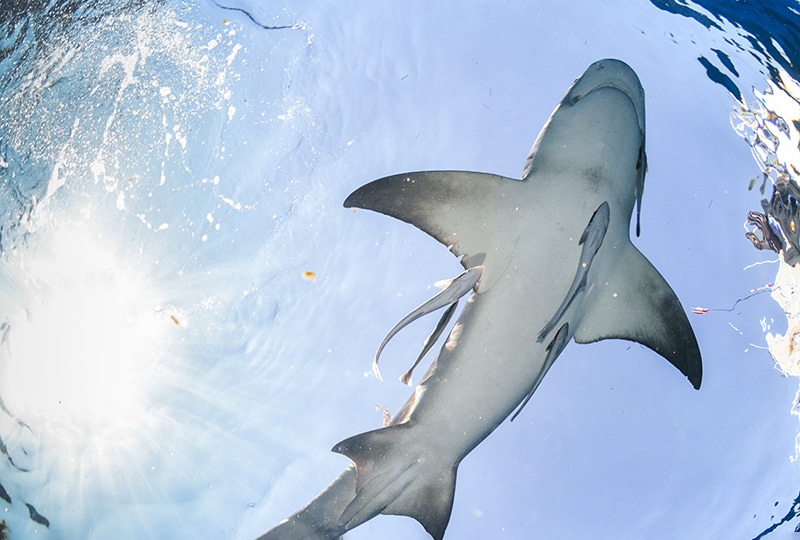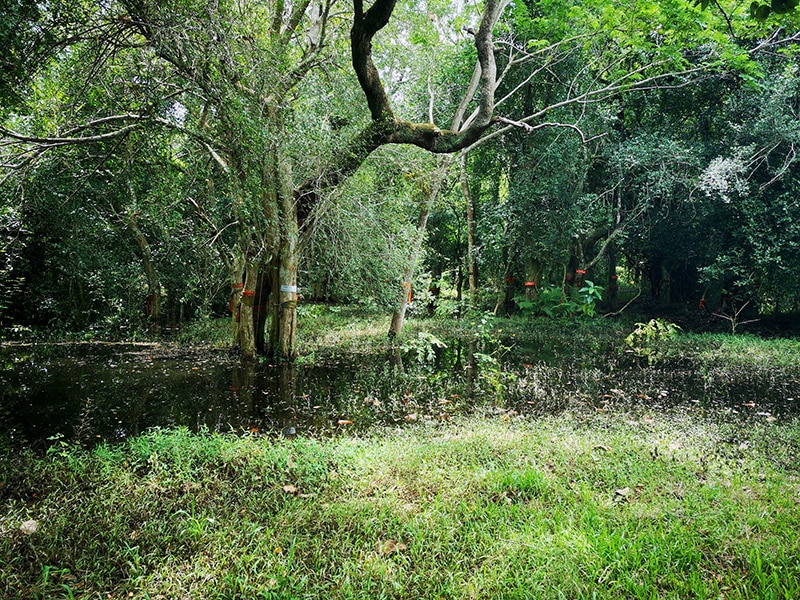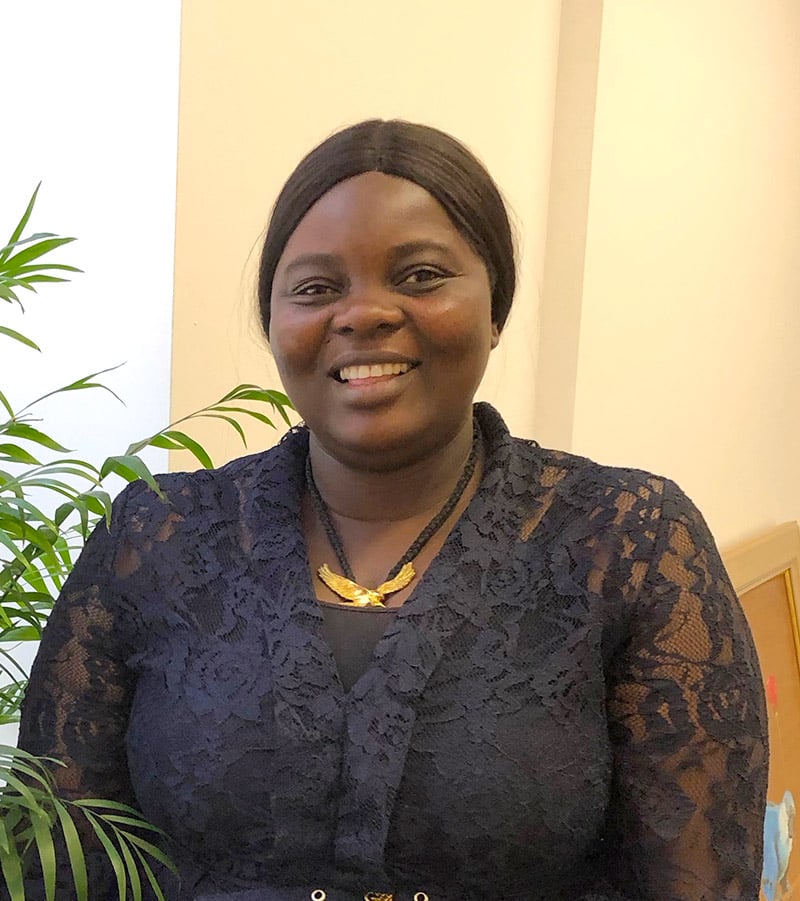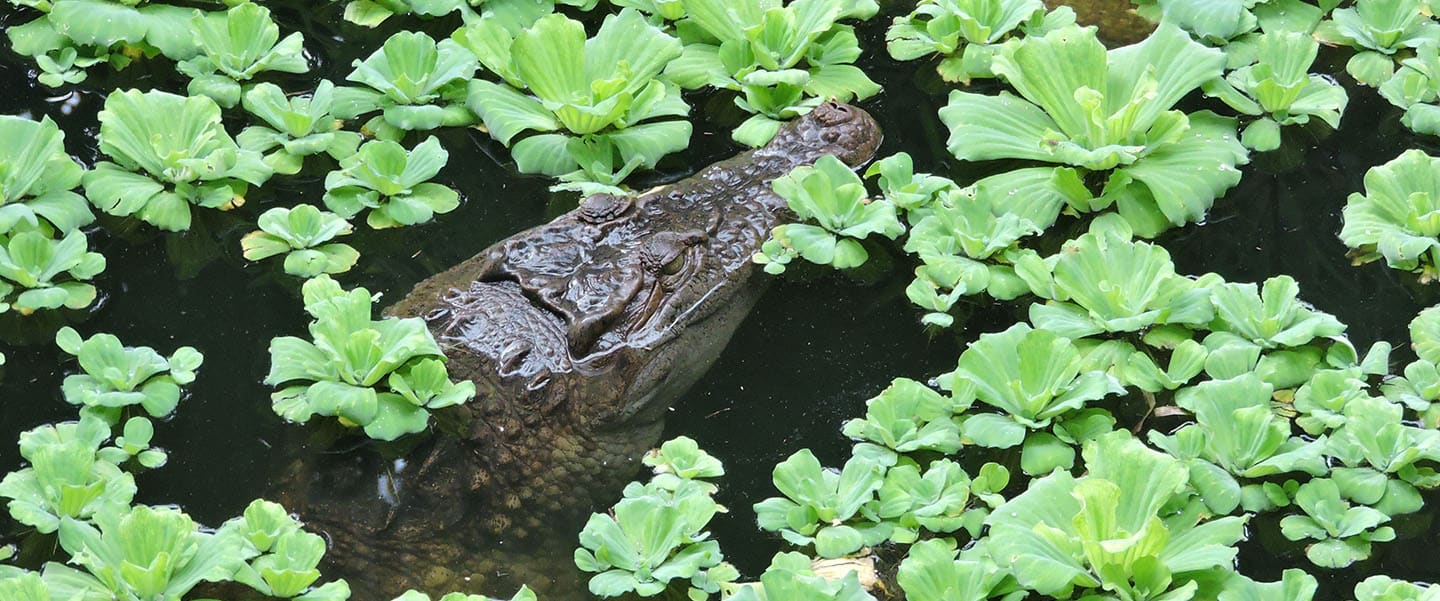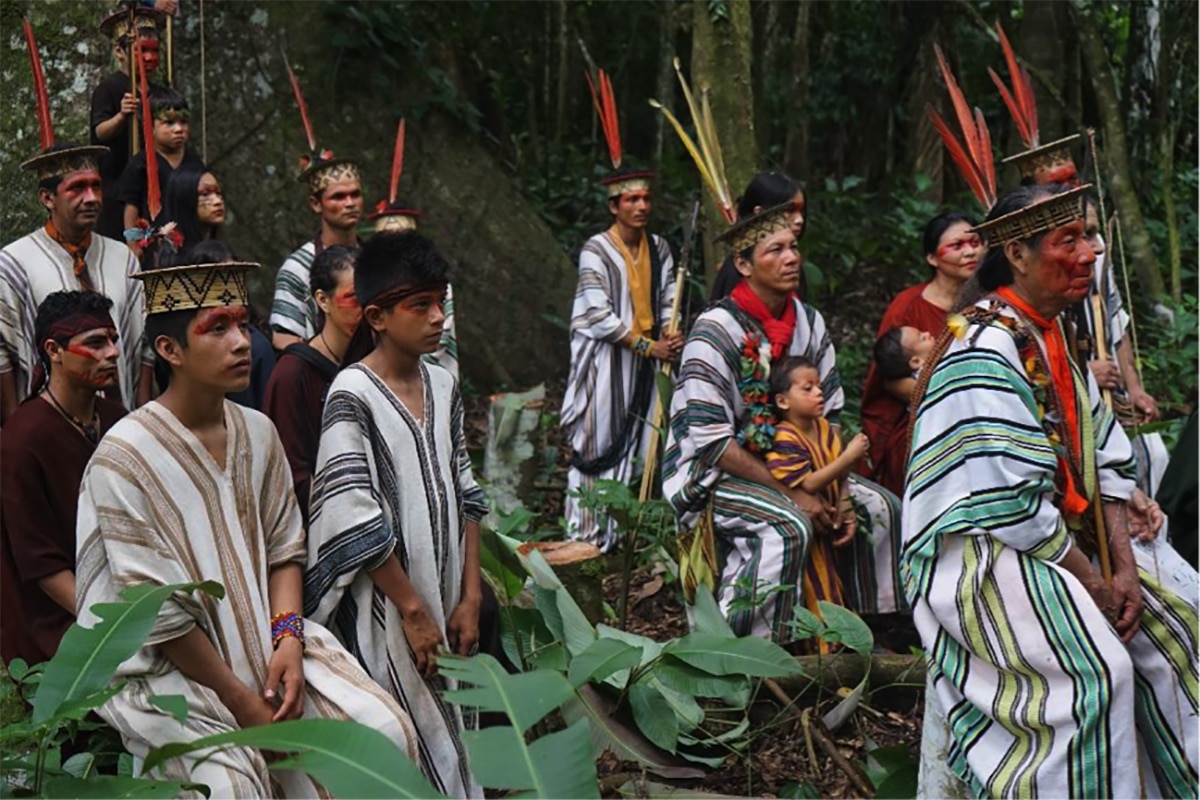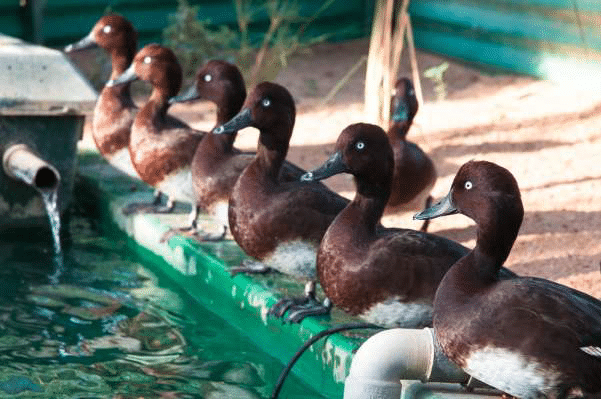Our news, views and stories
Our news, views and stories
Stories that matter
Stories help us to make sense of the world. In conservation, the stories are often familiar – powerless local communities fighting a losing battle against big corporate greed destroying or stealing their land; yet another species being pushed ever closer to the brink of extinction while we look on, powerless to do anything to stop it; the slightly eccentric field scientist dedicating a life to understanding and conserving one small, mysterious species that most people have never heard of…
We have all these and more. But we also want to bring you stories of success and stories of hope. Conservation really does work, when it’s done well. Change can happen and we want to see more of it.
We draw inspiration from the people we work with – conservationists on the frontline, dedicated researchers, artists, activists, enlightened funders, and many more.
Our Stories
Learn more about the partners we fund and support, read interviews with our allies and dive deeper into our work.
Project Seagrass: Saving the unsung heroes of our coasts
In late Spring, a handful of Synchronicity Earth team members visited our partner Project Seagrass in West Wales to see (...)
From primate scientist to youth activist: Meet Swetha Stotra Bhashyam
Serving as the Global South Focal Point for the Global Youth Biodiversity Network (GYBN) from 2018 to 2023, Swetha Stotr (...)
Investing in the people who will save species
We speak to Nerissa Chao, director of the IUCN SSC Asian Species Action Partnership (ASAP), about their new strategy and (...)
The RACE Report: Ethnic diversity and the environment sector
As conservationists, we cherish biodiversity. We understand that an ecosystem is strongest, most resilient to change, an (...)
Meeting partners where they are – a Vietnam photo story
To properly respond to partners' needs, we must understand the increasingly complex contexts they face. Our Asian Specie (...)
Good news from the DRC!
The type of environment news that makes the headlines can be disheartening. But when we take a closer look, there are s (...)
Climate disaster hits southern Brazil, thousands displaced
Entire cities in southern Brazil have been flooded as a climate catastrophe has struck Rio Grande do Sul. Two of our par (...)
Funding Together: Pooling resources for conservation
For environmental philanthropy to reach the places it is most needed and be most effective, better collaboration among f (...)
Celebrating women in conservation
Women play an immensely important role in the conservation world. From contributing ground-breaking research, to upholdi (...)
How a small Cameroonian organisation saved 20,000 ha of tropical rainforest
The bad news came through at their weekly team meeting: a new decree (N°2019/4562 of 11 November 2019) had been issued, (...)
The funding dilemma: How do we turn pledges into action?
In 2021, at the COP26 climate summit in Glasgow, a group of environmental conservation donors made a historic $1.7 bill (...)
In it for the long haul: Protecting 16,000 km2 of EU seabed
Wildlife corridors through oil palm plantations. Local communities saving the world’s rarest crocodile from extinction (...)
Why local conservation challenges require local solutions
In the second part of the series, we continue our interview with Julie Gagoe Tchoko and Merline Touko Tchoko, two sister (...)
Five success stories of 2023
When it comes to preserving nature, it can feel like there is an overwhelming amount of work to do, but the new year bri (...)
Pathways to change in the Congo Basin
In this interview, we spoke to Julie Gagoe Tchoko and Merline Touko Tchoko, two sisters from Bafang in the Uper Nkam dep (...)
In it for the long haul: Transforming the crocodile from villain to hero
Wildlife corridors through oil palm plantations. Local communities saving the world’s rarest crocodile from extinction (...)
Podcast: Miriam Supuma talks about Papua New Guinea
Our Biocultural Diversity Programme Manager Miriam Supuma spoke to Mongabay’s Mike DiGirolamo about why Papua New Gui (...)
Podcast: Nina Seale talks about conservation storytelling
Our Communications Manager Nina Seale spoke to Dr Nick Askew, Director of Conservation Careers, about her career in con (...)
One last chance to find the saola
The saola is the world’s rarest large mammal. It hasn’t been recorded since a trail camera captured an image of one (...)
In it for the long haul: Bringing biodiversity to oil-palm country
Wildlife corridors through oil palm plantations. Local communities saving the world’s rarest crocodile from extinction (...)
Towards better climate funding: centring Indigenous Peoples and local communities
“Money earmarked for Indigenous people that sits in a bank because of worries about Indigenous ‘capacity’ is wate (...)
Hope for amphibians: the comeback stories
As many as 222 amphibian species could already have gone extinct, and 2,873 are in danger of extinction, says the second (...)
Amphibian extinctions: forgotten today, gone tomorrow
As many as 222 amphibian species could already have gone extinct, and 2,873 are in danger of extinction, says the second (...)
The overlooked extinction crisis: amphibians
As many as 222 amphibian species could already have gone extinct, and 2,873 are in danger of extinction, says the second (...)
The wildlife illustrator shortlist
In July 2023, we put out a call for an illustrator to help bring a handful of extinct species to life. We received a hug (...)
Email exclusive: Follow the Atlantic Forest expedition
Our partner Instituto Curicaca have launched an expedition across the Atlantic Forest in the far south of Brazil, with o (...)
Email exclusive: From the field: gallery of photos fresh from our conservation partners
Enjoy a behind-the-scenes peek at the images in our Programmes Team inbox with stories fresh from our partners about con (...)
In it for the long haul: Saving the giant squeaker frog
Wildlife corridors through oil palm plantations. Local communities saving the world’s rarest crocodile from extinction (...)
Recognising the power of the youth movement: the Chrysalis Youth Fund
We are very excited to announce the launch of Synchronicity Earth’s new fund to support the emerging leaders of the yo (...)
A career in conservation: an interview with Julie Thomas
Our Head of Conservation Programmes, Julie Thomas, joined the Synchronicity Earth team in January, 2023. In this intervi (...)
Five takeaways from my conservation internship
“I never thought I’d ever have a role in the environmental sector, but now I have a range of new skills and a much (...)
The freshwater opportunity: preserving the waters which connect us
What do rivers mean to you? For Hugo Costa, deep in the Amazon, the seasons of the Juruá River can define the food yo (...)
How a literature degree prepared me for a career in conservation
Claire Adler came to Synchronicity Earth with a lifelong interest in conservation, a lot of anxiety about climate chang (...)
Amphibians and culture III: restoring positive narratives in India and South Africa
Amphibians occupy a complex place in cultures around the world. Throughout history, these vibrant, shape-shifting creatu (...)
Amphibians and culture II: mutual flourishing in Central and South America
Amphibians occupy a complex place in cultures around the world. Throughout history, these vibrant, shape-shifting creatu (...)
Amphibians and culture I: European superstition and ambivalence
Amphibians occupy a complex place in cultures around the world. Throughout history, these vibrant, shape-shifting creatu (...)
Inland waters: it is time to prioritise the waters of life
In the United Nations biodiversity agreement, freshwater ecosystems were finally included as ‘inland waters’ in the (...)
A victory for our ocean, 20 years in the making
The high seas, or regions of the ocean beyond national borders, make up 50 per cent of earth’s area. They are home to (...)
The myth of green hydropower
Large dams are disastrous for freshwater ecosystems. From preventing salmon migrations, to flooding niche river ecosyst (...)
Meet our Latin America affiliate, Grace Iara Souza
Over the past 18 years, Dr Grace Iara Souza has developed a deep understanding of the impacts of global environmental go (...)
A long-term commitment to our ocean: the Neptune Fund
There is an urgent need for increased long-term funding to support effective ocean conservation action. Mainstream ocea (...)
Snapshots from a global biodiversity conference
The world's largest and most important global gathering on biodiversity convened in Montreal, Canada, in December 2022. (...)
Indigenous youth at COP27: From the village to the world
Clique aqui para ler este artigo no original em português. Most of the media coverage of COP27, held in November 2022 (...)
Five success stories from 2022
With the UN Convention on Biological Diversity’s new agreement dominating conservation headlines, it can be easy to (...)
Towards a flourishing future
As we approach the end of 2022, our Co-Founder Jessica Sweidan gives her thoughts on a year of growth and progress for S (...)
Our connection with the ocean
The ocean is intrinsically entwined with our experience of the world, influencing our climate, our air, our food, our e (...)
Making history: Conservation in the Congo Basin with Bihini Won wa Musiti Jean
When Bihini Won wa Musiti Jean began working in forest conservation in the Congo Basin back in 1982, in Central and W (...)
Changing how I see the world
Synchronicity Earth Trustee Catherine Bryan describes how her perception of the world around her has shifted since she m (...)
Rivers – overlooked and undervalued allies in the age of the climate crisis
What role do rivers play in your life? For billions of people around the world, they are – literally – their source (...)
Email exclusive: Keep them in the running
Staff member Michael Edmondstone will be running the London Marathon dressed as an overlooked and underfunded species. B (...)
Rethinking African conservation funding
“The most important things in the world that need doing cannot be done by large organizations. They will be done by ma (...)
A job in the environment sector? I never thought of it until now…
In March 2022, Reefah Chowdhury began working with us as part of the Race for Nature's Recovery (R4NR) programme. She j (...)
On a learning journey to support locally-led conservation
Sophie Grange-Chamfray, Synchronicity Earth Knowledge and Learning Manager, reflects on what she has learnt through her (...)
Reflections from the United Nations Ocean Conference
Anna Heath (left) with Camille Rivera from Oceanus Conservation. How to scale up action for the ocean? This was the foc (...)
What is agroforestry?
The agroecological systems of farmers, growers, and Indigenous Peoples everywhere have shaped and cared for landscapes f (...)
Champions of the Endangered
On June 2022, Synchronicity Earth and the Ellen Fund invited friends, partners, and beyond to share stories which celebr (...)
An interview with Nemonte Nenquimo
Nemonte Nenquimo is an Indigenous leader of the Waorani people in the Ecuadorean Amazon province of Pastaza, one of the (...)
The new and improved Ocean Programme sets sail
Our High and Deep Seas Programme has been focused on these two overlooked areas of marine conservation for seven years. (...)
Placing trust at the heart of environmental philanthropy
With a wave of new pledges of large grants to environmental organisations, as funders, we need to reflect on how our phi (...)
The glass slipper of the greenhouse: what is the cost of the orchid trade?
The protection of endangered plants is often overlooked in the world of conservation. But not only is the conservation (...)
Not forgotten any longer: the Gigantes forest frog
Pria Ghosh introduces one of our Amphibian Programme partners: Project Palaka, the first amphibian conservation programm (...)
An overlooked ecosystem: seagrass meadows
When we think about important habitats, we often imagine a coral reef, a tropical rainforest or maybe the African savan (...)
My World Conservation Congress was in Kinshasa
Cliquez ici pour lire cet article en français. Merline Touko Tchoko, Cameroonian communications expert and Synchronici (...)
An Interview with Miriam Supuma
Miriam Supuma has been working for over ten years with conservation organisations in Papua New Guinea, a country that co (...)
Indigenous lifeways for a flourishing Earth
The latest in our series of Deeper Thinking webinars focused on the concept of Flourishing Diversity, which lies at the (...)
Guardians of nature in the Congo Basin
Sophie Grange-Chamfray, Knowledge & Learning Manager at Synchronicity Earth, dives into the importance of local com (...)
The home of a frog orchestra
An Interview with Dr Caleb Ofori-Boateng, Founder of Herp Conservation Ghana Dr Caleb Ofori-Boateng was the first formal (...)
How can environmental films make an impact?
With public interest in environmental issues higher than it has been for years, it is important to maintain the momentum (...)
The forests of freshwater
Freshwater habitats are not just rivers, and conserving freshwater species can be done hand-in-hand with local fisheries (...)
Whose land is it anyway?
CFLEDD (Coalition of Women Leaders for the Environment and Sustainable Development) is a growing movement of women in th (...)
A teenager’s perspective: What is a 21st century environmentalist?
For International Youth Day, work experience student George Yardley writes about the label of 'environmentalist' in the (...)
A crocodile success story (in pictures)
The Philippine Crocodile is one of the rarest and most endangered crocodiles in the world. Once found throughout the Phi (...)
Embracing biological and cultural diversity: An interview with Dr Jerome Lewis
Dr Jerome Lewis is a Reader in Social Anthropology at University College London. He has undergraduate and doctoral degre (...)
What is conservation?
Blog-StoriesWhat is conservation?-In this article, we seek to explore what conservation really is, trying to keep a bala (...)
“Synchronicity Earth communicates on a level that is really embedded within science, but that uses art, entertainment, humour, passion to get people to realise that we are all connected and that what we do to nature, we do to ourselves. You want to get behind organisations that leave the planet in a better place; and Synchronicity Earth really ranks high on that score.”
– Sylvia Earle, Marine Explorer and founder of Mission Blue

